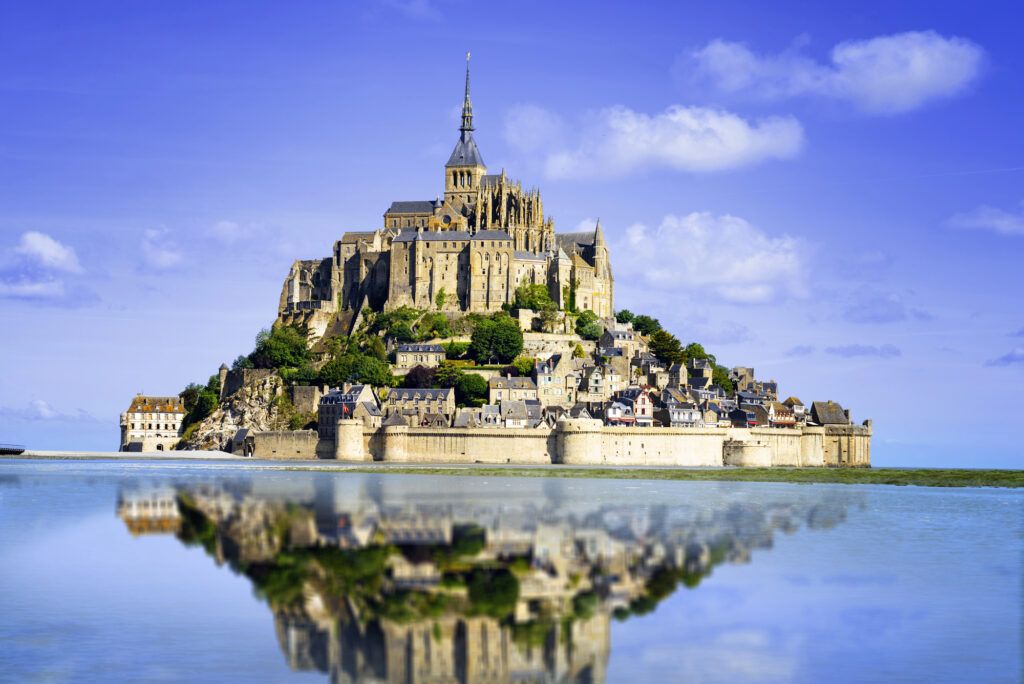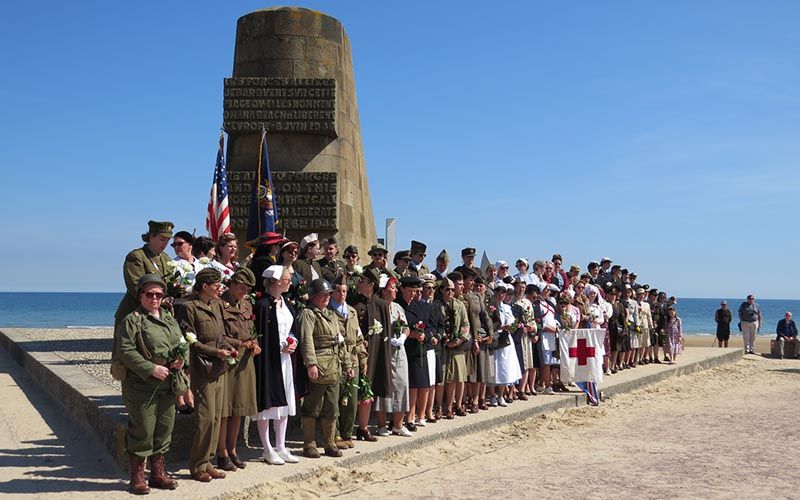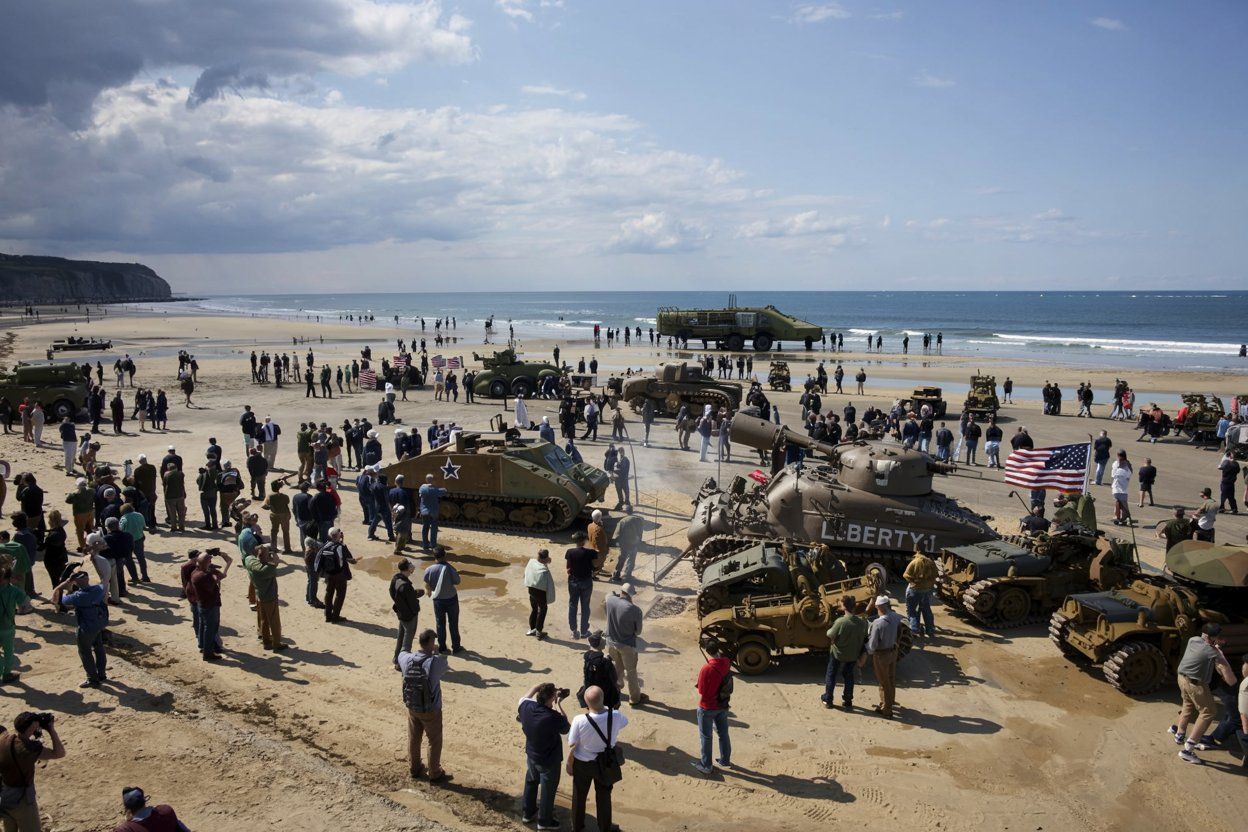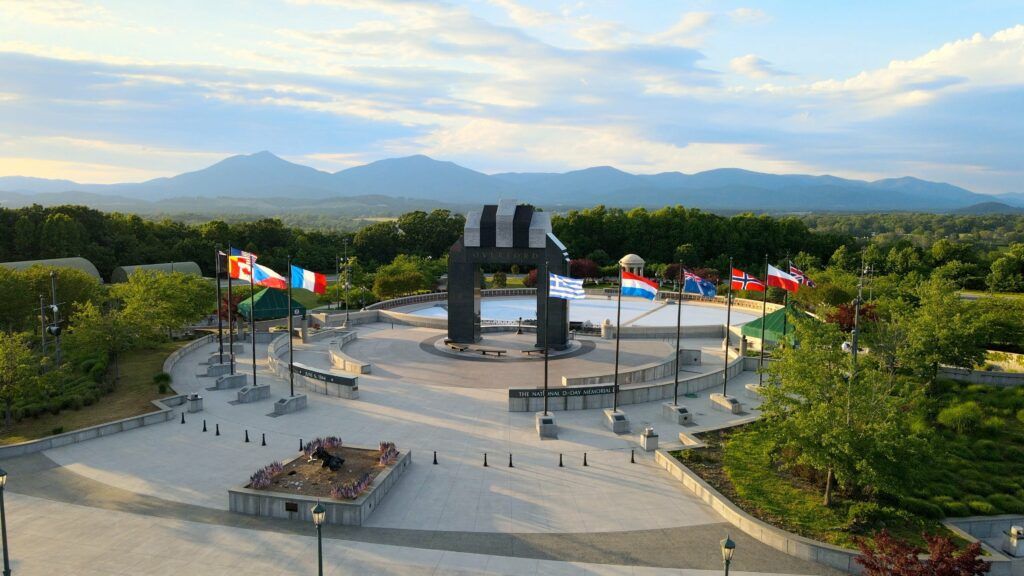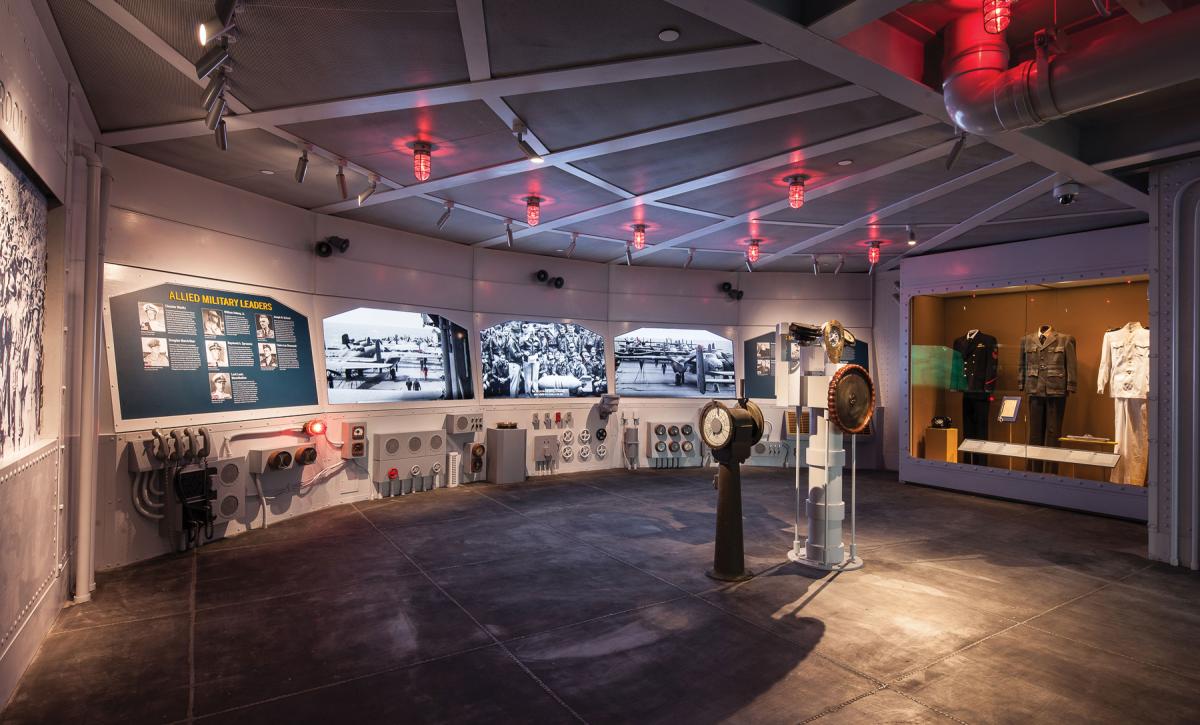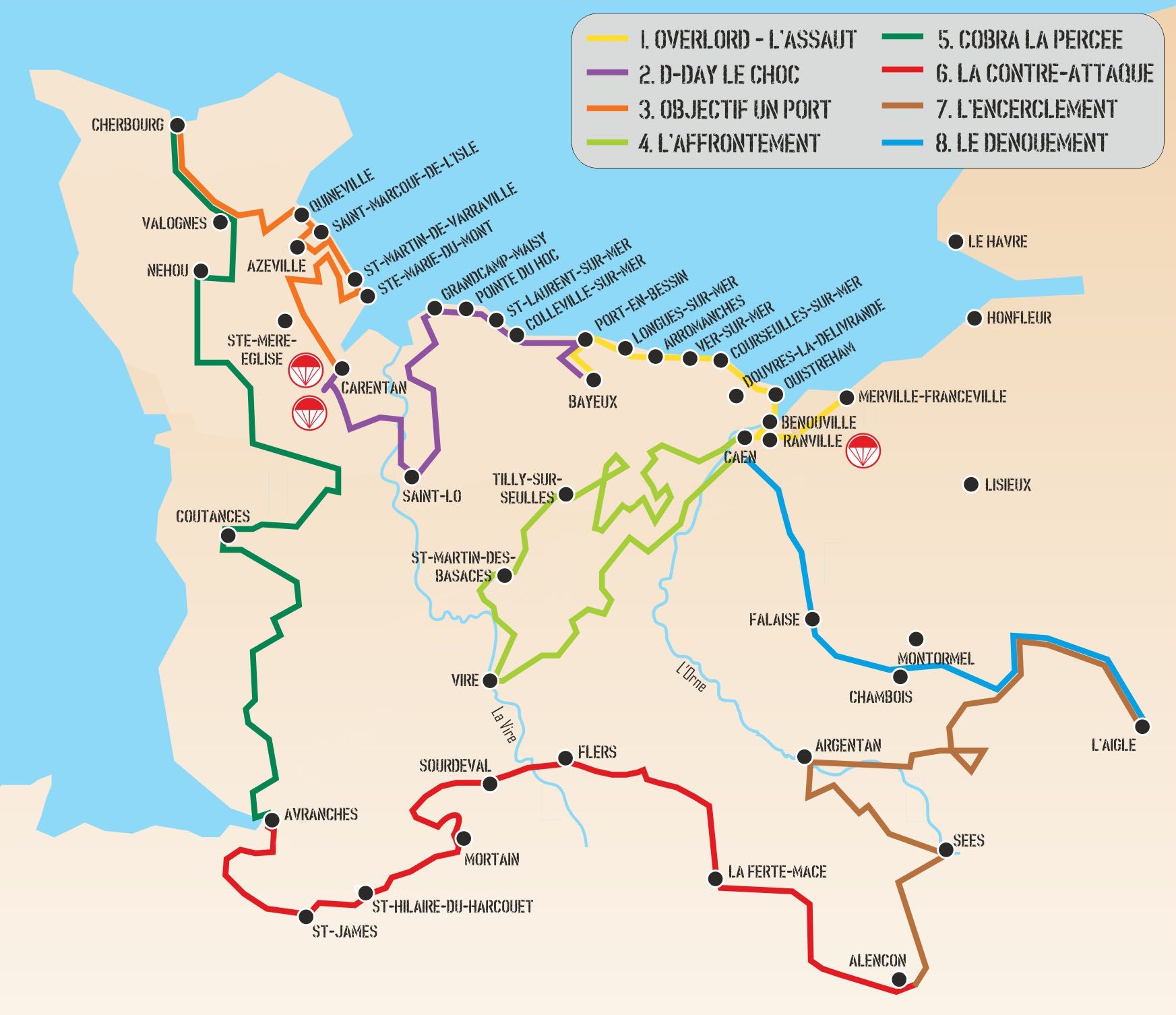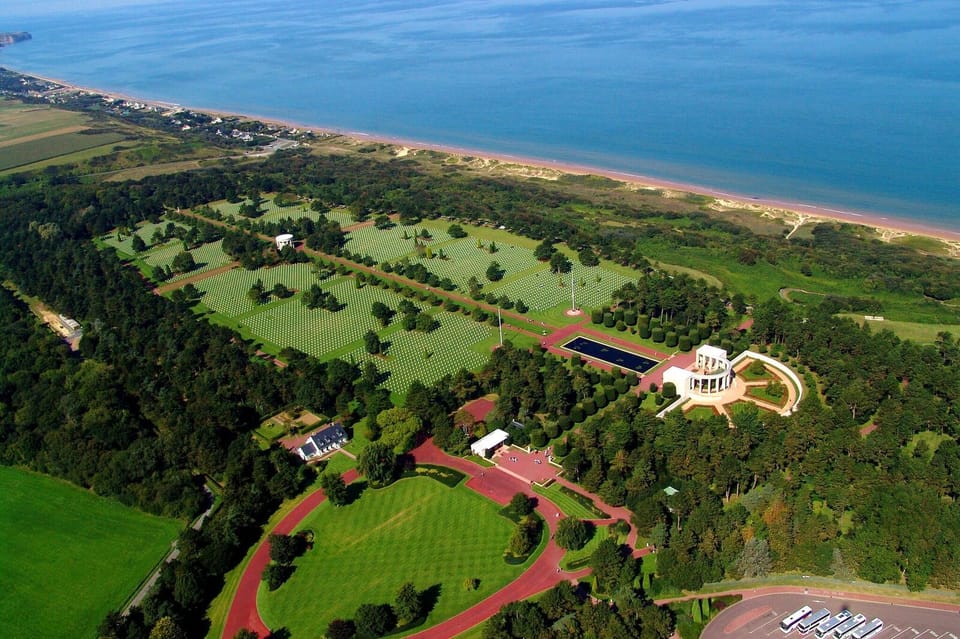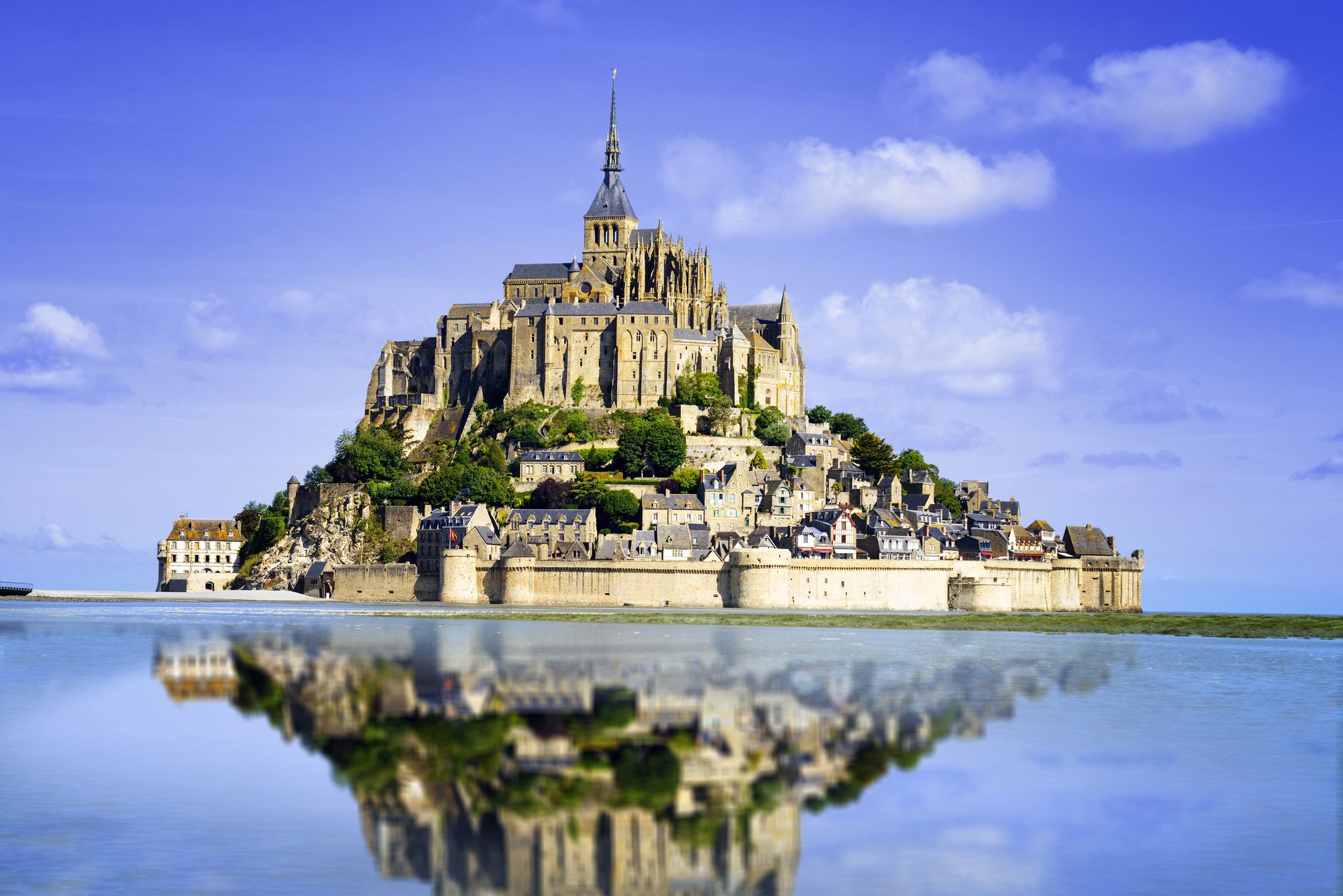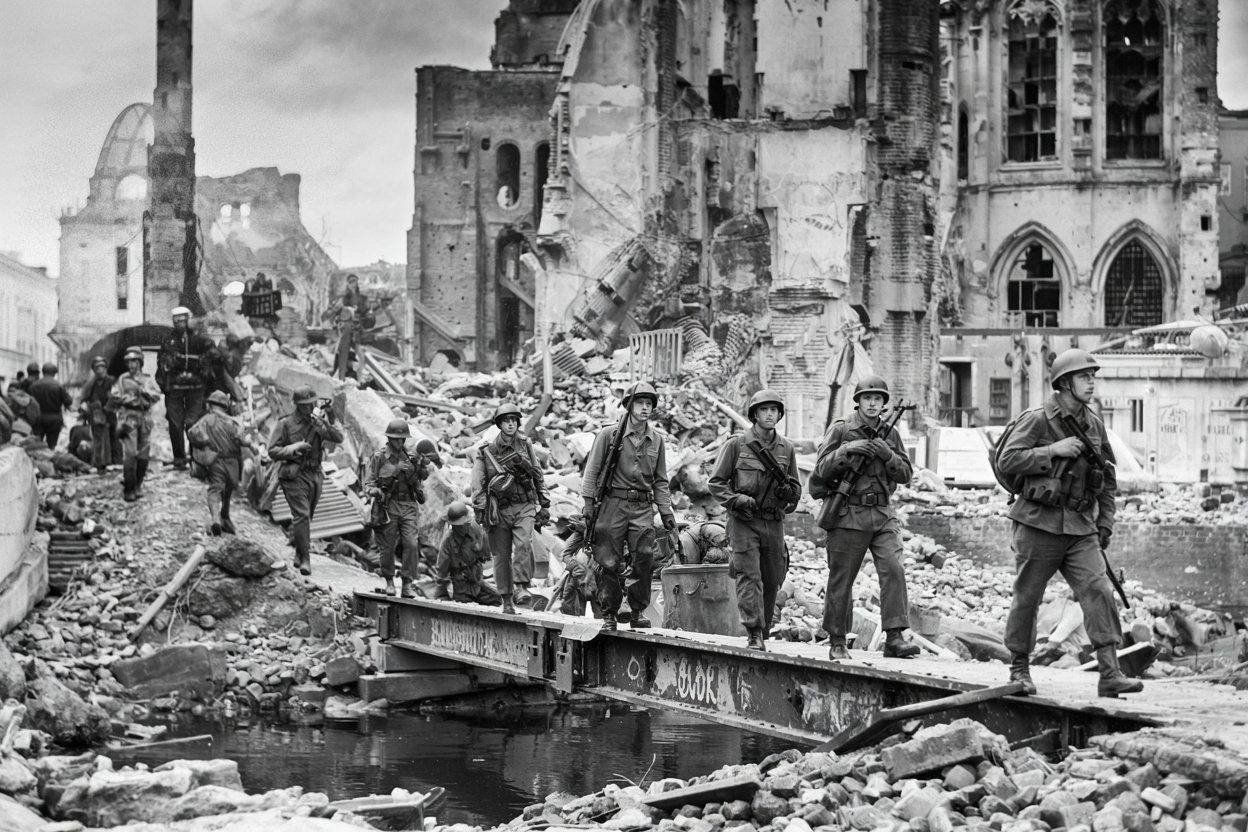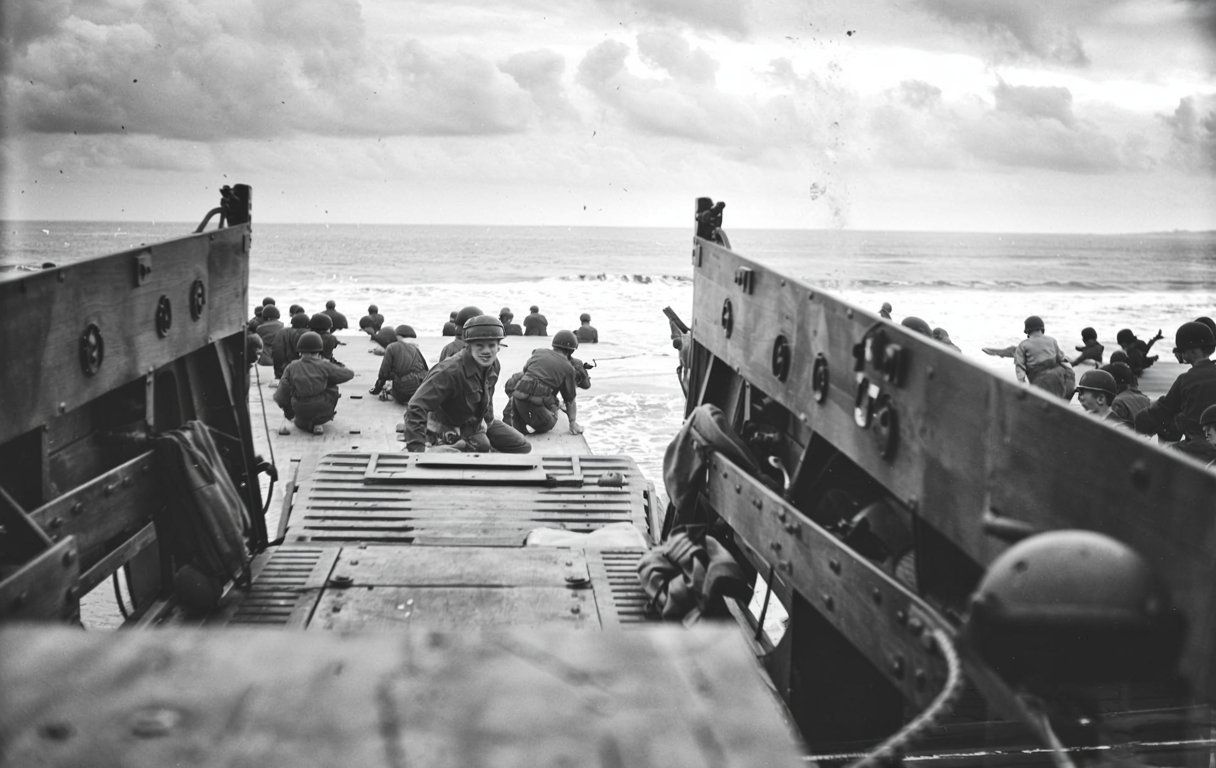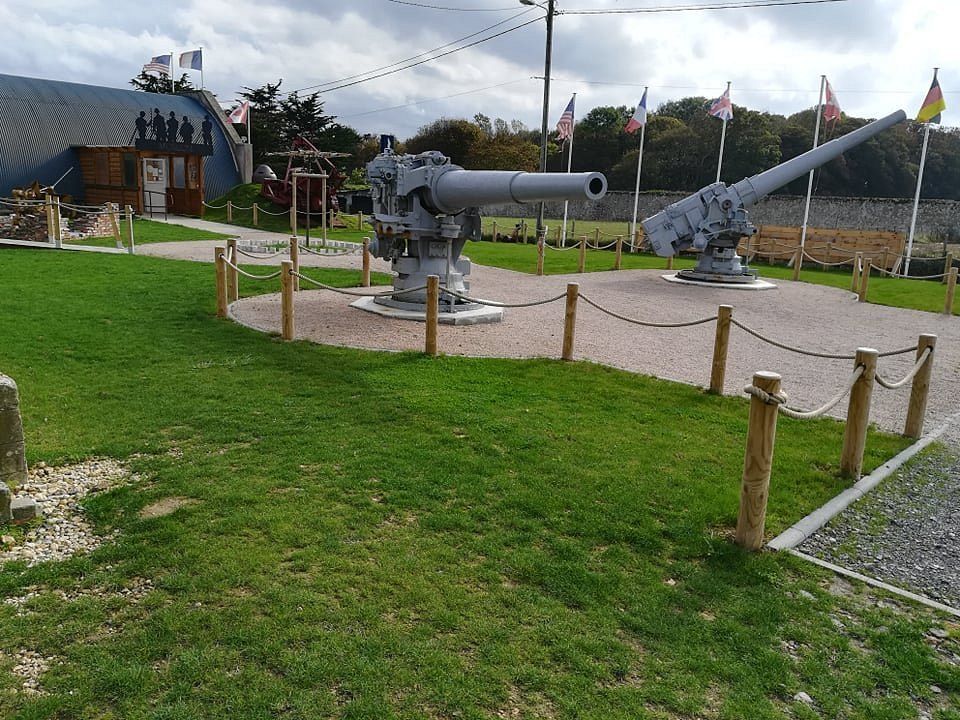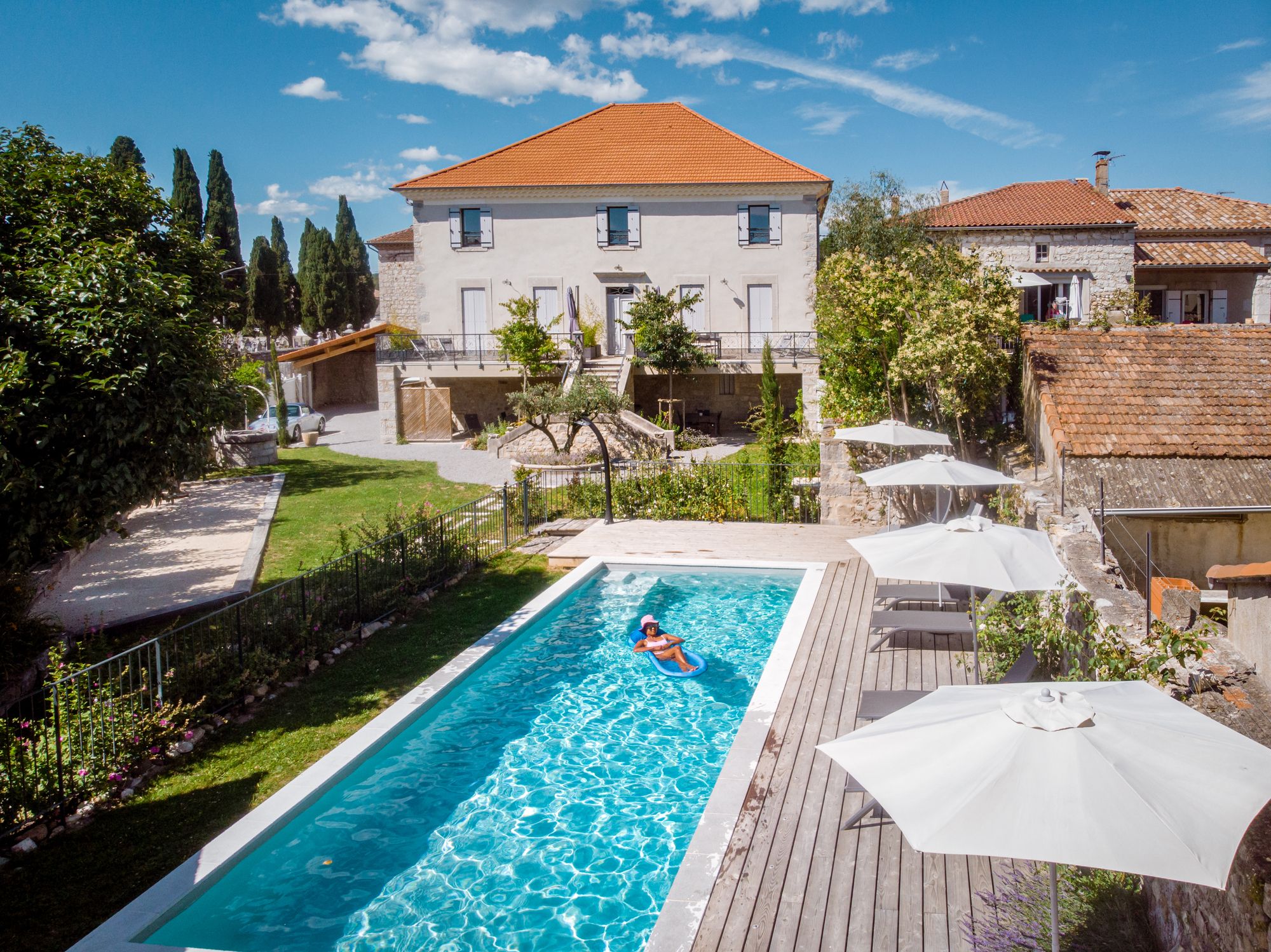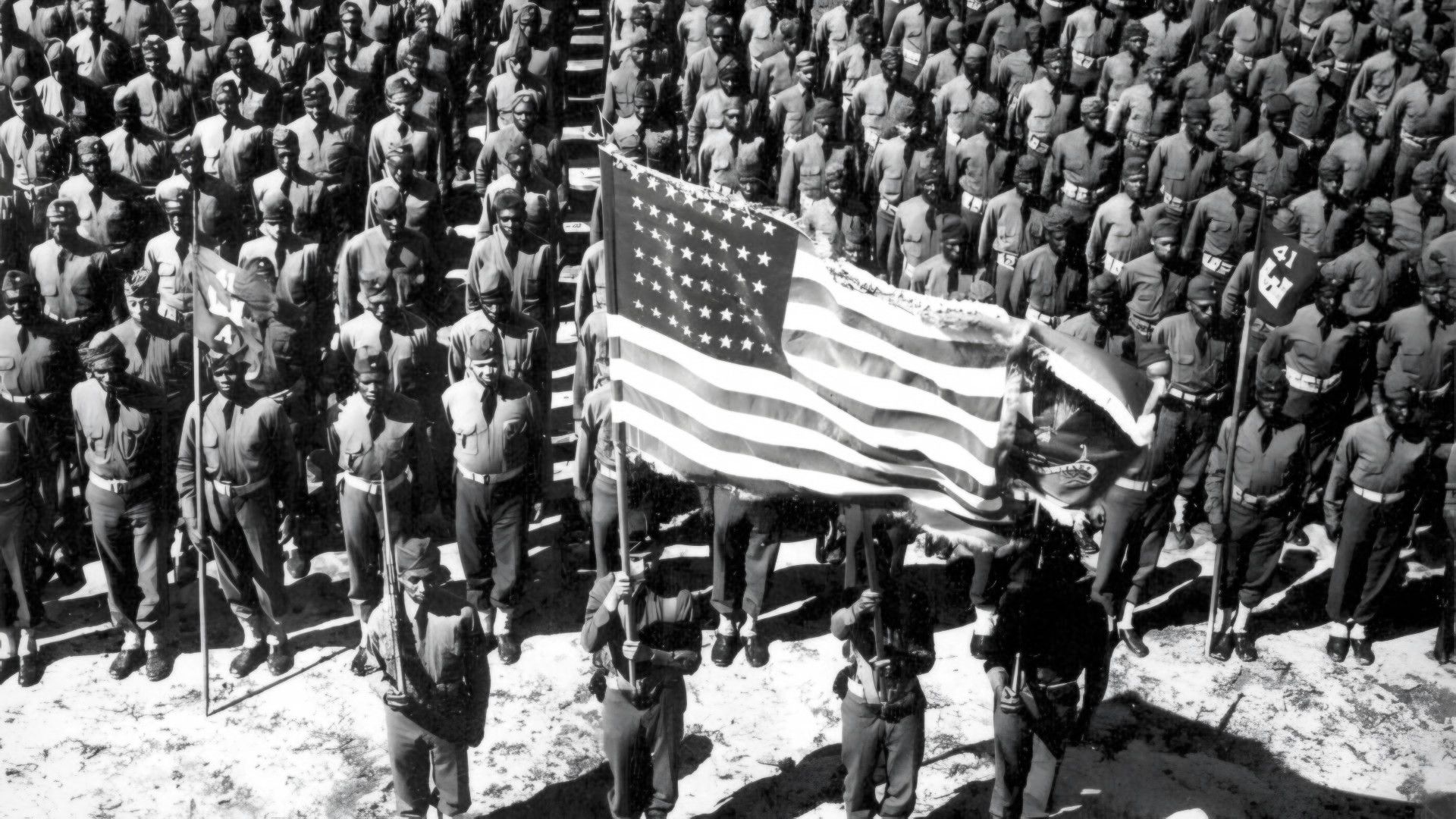Normandy is one of those places that manages to blend rich history, breathtaking scenery, and a culture that just feels alive. Tucked up in northern France, it’s got this magnetic coastline, villages like Honfleur and Deauville that look like they’re straight out of a painting, and more history than you can shake a baguette at. From the iconic D-Day beaches to the awe-inspiring Mont Saint-Michel and some of the best cheese and cider you’ll ever taste, Normandy packs a lot into a pretty compact area.
It’s pretty easy to plan a Normandy trip—most folks spend about three or four days here. You can wander the American Cemetery, walk the same beaches where Allied troops landed in 1944, and still have time for a glass of local cider in a sleepy village café. Normandy’s open year-round, but honestly, spring and fall are my favorites: you get good weather and can skip the summer crowds.
Whether you’re obsessed with WWII history, want to eat Camembert at the source, or just crave those wide, wild coastal views, Normandy’s got you covered. And with solid transportation links, it’s an easy hop from Paris—no need to overthink it.
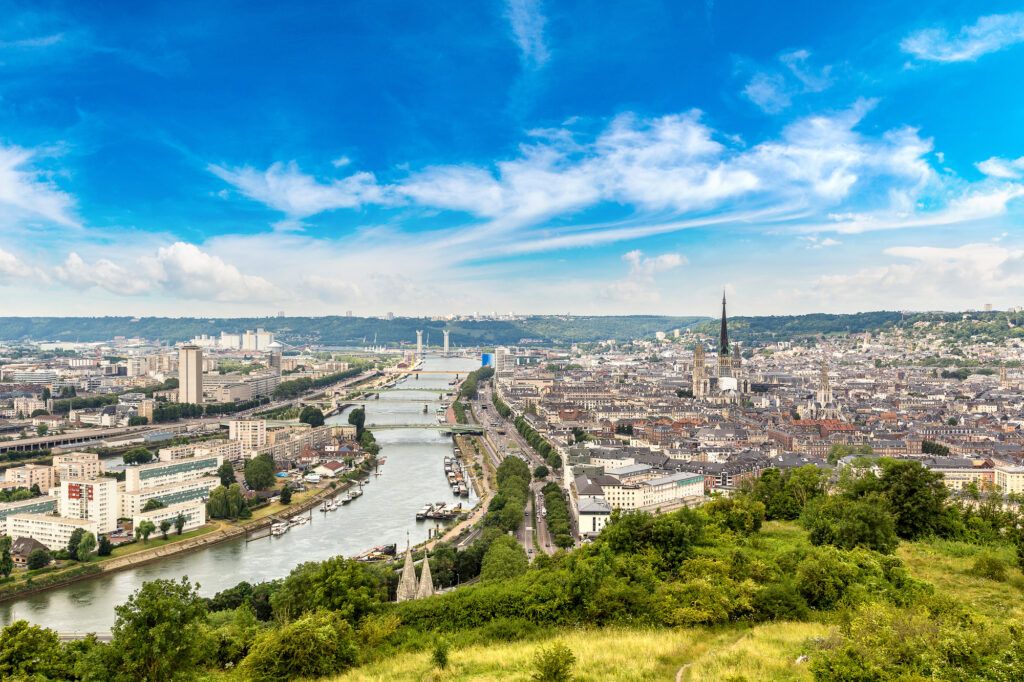
Why Visit Normandy
Normandy gives you a killer combo of deep history, drop-dead gorgeous landscapes, and food that’ll make you rethink your next meal back home.
Unique History and Culture
Few places in Europe feel as soaked in history as Normandy. Walking the D-Day beaches, you really sense the weight of what happened there in June 1944.
At Omaha Beach’s American Cemetery, the memorials hit hard. You don’t just read about history—you feel it. These sites, honestly, can change the way you see the world.
But Normandy’s not just about WWII. Medieval gems like Mont Saint-Michel rise from the sea like something out of a dream, and the half-timbered towns look like movie sets.
If you love art, this place is a pilgrimage. Monet’s gardens at Giverny are here, and the light that inspired him is still magic. Walk through his garden and you’ll get why so many artists flocked to Normandy.
Stunning Natural Landscapes
Normandy’s scenery is kind of all over the place, in the best way. The chalk cliffs at Étretat are wild—giant arches and spires that make you want to just sit and stare.
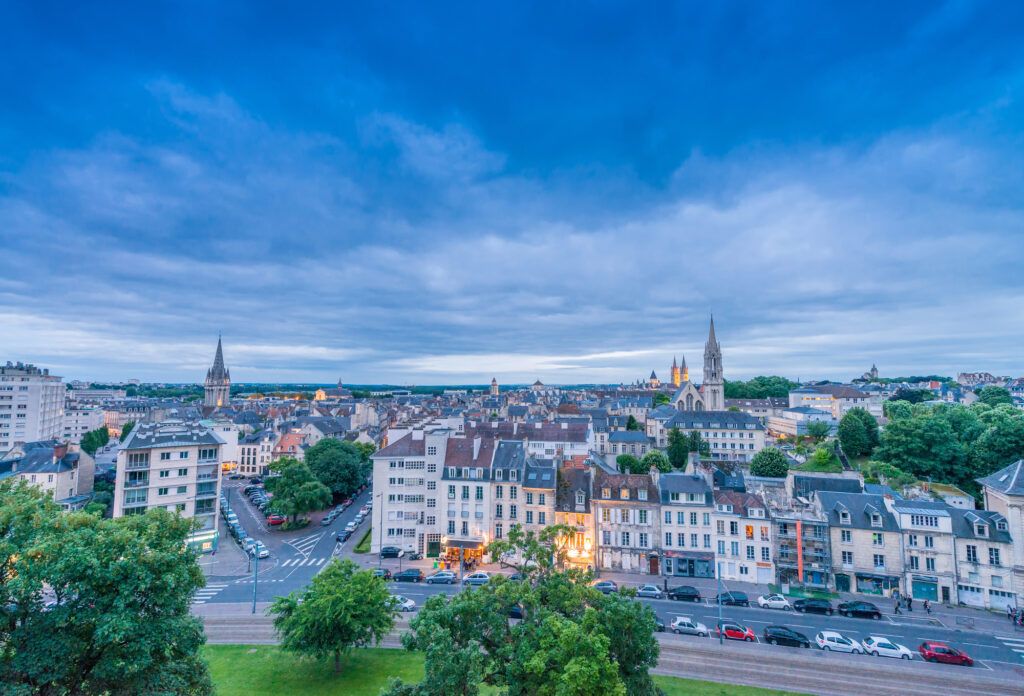
The coast is dotted with sandy beaches, some famous for D-Day, others so quiet you’ll forget what year it is. Inland, it’s all apple orchards, meadows, and cows (so many cows).
Patchwork hills and villages make for great road trips, and if you want something a bit more rugged, Suisse Normande’s got rocky outcrops and winding rivers. Every season changes the vibe: spring is all blossoms, summer’s buzzing, fall turns the woods gold, and winter? Quiet, but kind of magical.
Rich Culinary Traditions
If you’re into food, Normandy’s basically paradise. Four things rule here: apples, dairy, seafood, and hearty country cooking.
The apple orchards produce Calvados (apple brandy) and cidre (hard cider). Try a “trou normand”—a shot of Calvados mid-meal to clear your palate. It’s a thing, and it’s fun.
Cheese fans, you’re in luck. Camembert comes from here and honestly, it’s never better than when eaten fresh in Normandy. Don’t skip Pont-l’Évêque and Livarot either—there’s a lot to discover if you’re up for a cheese adventure.
Seafood’s a big deal, too. Scallops, oysters, mussels—if it comes from the Atlantic, you’ll find it on your plate. For dessert, tarte aux pommes or Tarte Tatin are local legends.
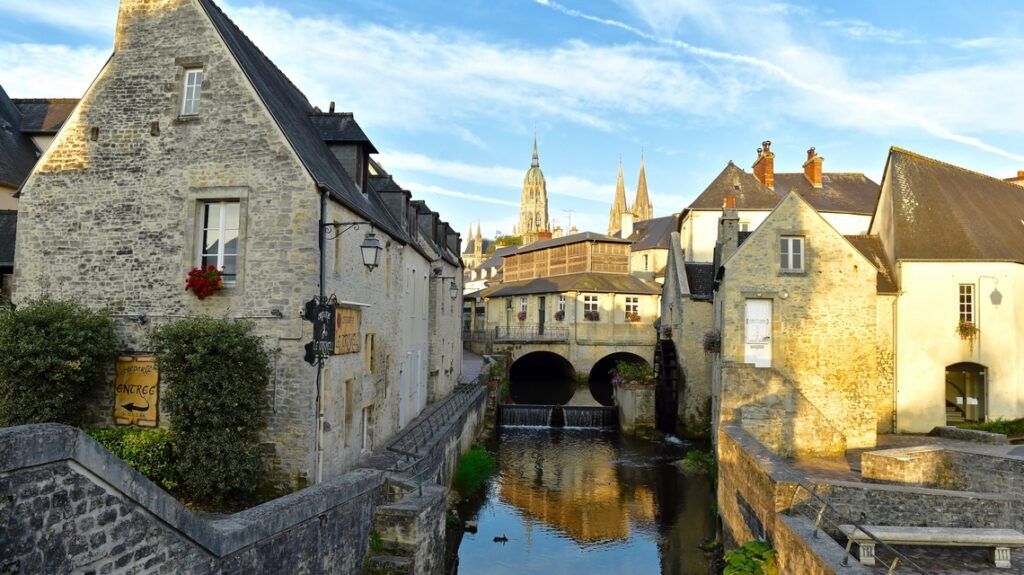
Top Cities and Towns in Normandy
Normandy’s full of towns and cities that each bring something different. You get a mix of old-world charm, dramatic history, and scenery that sticks with you.
Rouen

Rouen is Normandy’s unofficial capital and it’s loaded with medieval vibes. Walk the cobblestone streets and you’ll see half-timbered houses everywhere.
The Gothic Rouen Cathedral dominates the skyline. Monet painted it a bunch of times, and Richard the Lionheart’s tomb is here, too.
This is also where Joan of Arc was tried and burned—heavy stuff. You can visit the modern Joan of Arc Church and the museum that tells her story in a pretty engaging way.
Don’t leave without seeing the Gros Horloge, that big astronomical clock perched above the street. It’s one of Rouen’s most photogenic spots.
See accommodation availability in Rouen.
Caen
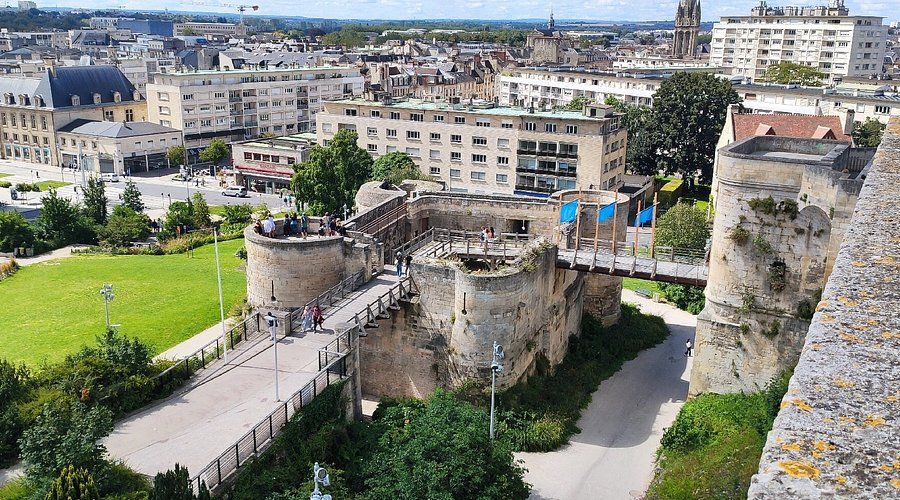
Caen is a city with one foot in the past and one in the present. WWII left its mark, but the city rebuilt and now it’s a gateway for anyone interested in Normandy’s wartime history.
William the Conqueror founded two abbeys here—the Men’s (Abbaye aux Hommes) and the Women’s (Abbaye aux Dames). Both are stunners if you’re into Romanesque architecture.
The Caen Castle sits on a hill and is hard to miss. Built around 1060, it’s now home to several museums, including the Museum of Normandy and the Museum of Fine Arts.
If you want to dig into WWII history, the Caen Memorial Museum is a must. The exhibits here really help you understand what the region went through.
See accommodation availability in Caen.
Bayeux
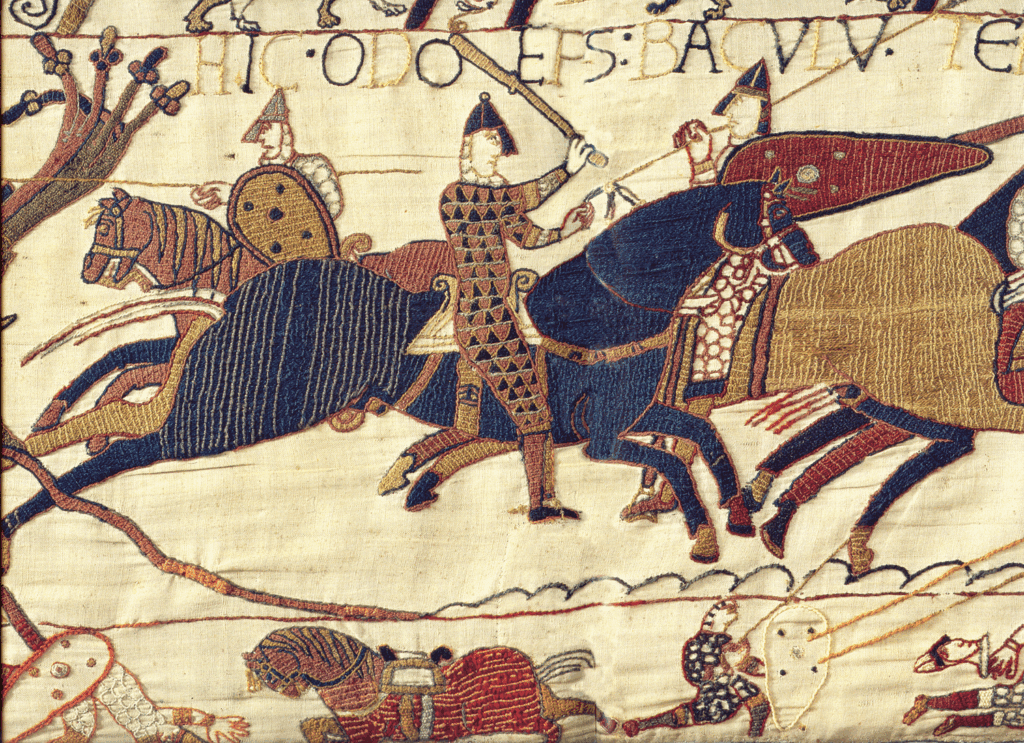
Bayeux somehow dodged destruction in WWII, so its medieval center is beautifully intact. The streets feel like something out of a fairy tale—perfect for wandering.
The Bayeux Tapestry is the main attraction. Nearly 70 meters long, it tells the story of William the Conqueror’s 1066 invasion of England. It’s as fascinating as it is detailed.
Notre-Dame Cathedral here is another highlight. Consecrated in 1077, it’s a showcase of Norman-Gothic style with gorgeous stained glass and stonework.
Bayeux was the first major French town liberated after D-Day. You’ll find several WWII museums, including the Memorial Museum of the Battle of Normandy, packed with personal stories and artifacts.
See accommodation availability in Bayeux.
Honfleur
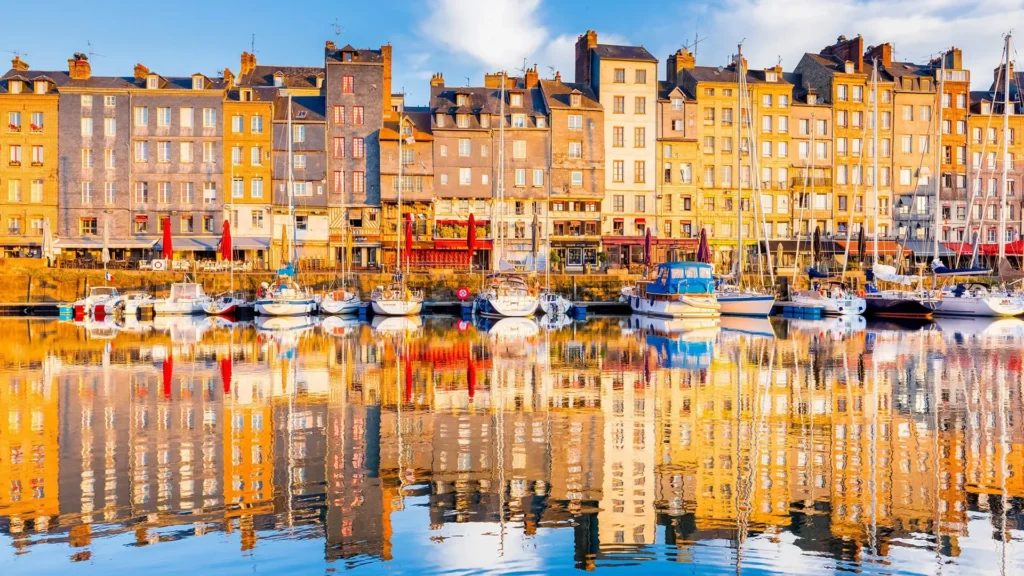
Honfleur is pure charm. The old harbor, lined with tall, narrow houses, looks almost too perfect. Artists like Monet and Boudin couldn’t get enough of it.
The Vieux Bassin (Old Harbor) is the heart of the town. Those colorful buildings reflected in the water? Instagram gold, especially at sunset.
St. Catherine’s Church is worth a look—it’s the largest wooden church in France, built by shipwrights in the 15th century. The upside-down boat hull design is just wild.
Honfleur’s also loaded with seafood restaurants, art galleries, and chocolate shops. It’s a great spot to just slow down and soak it all in.
See accommodation availability in Honfleur.
Historic Sites and Landmarks
Normandy’s history is everywhere you look, from abbeys perched on islands to medieval tapestries. The stories stretch from William the Conqueror all the way to the 20th century.
Mont St. Michel
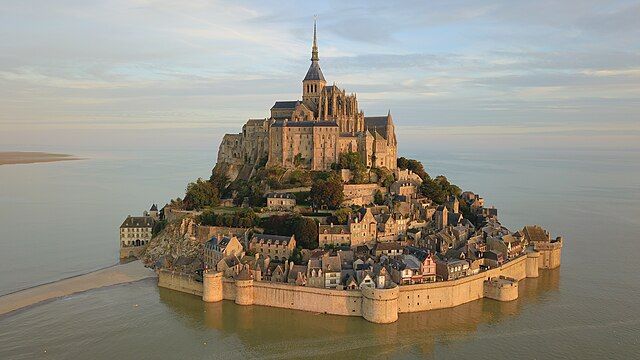
This abbey on a rocky island looks like it belongs in a fantasy novel. Mont St. Michel is one of France’s most famous sights, and for good reason. Built between the 11th and 16th centuries, it’s a marvel of medieval architecture.
If you time your visit right, you’ll see the tides cut the island off from the mainland—a pretty dramatic sight. Climb the winding streets to the top, past shops and restaurants that keep the medieval vibe alive.
Inside, you’ll find Gothic halls and a view at the top that makes the climb totally worth it.
See accommodation availability in Mont St. Michel.
Bayeux Tapestry
The Bayeux Tapestry is a 70-meter-long embroidered story of William the Conqueror’s 1066 invasion. You’ll find it in the town of Bayeux, and it’s packed with scenes of battles, ships, and medieval life.
The audio guides here are actually helpful—they walk you through each scene as you move along. And Bayeux itself is a treat, with a beautiful cathedral and an old town that escaped WWII bombing.
Giverny
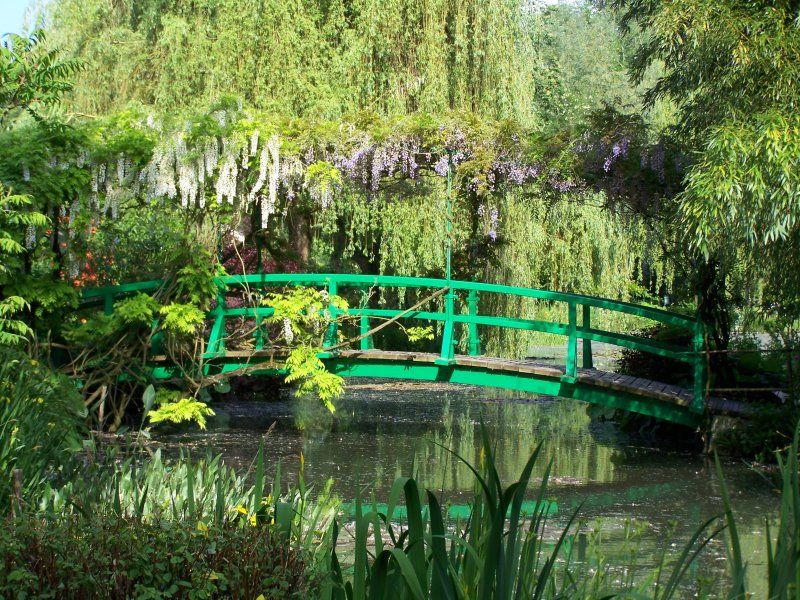
Monet’s house and gardens in Giverny let you step right into the world of his paintings. It’s just on the edge of Normandy, and if you love Impressionism, you can’t skip it.
There are two gardens: a flower garden near the house and the famous water garden with that Japanese bridge and those water lilies. You’ll recognize them from his canvases.
Inside, Monet’s living spaces are preserved, and there’s a studio-turned-gift shop. Try to visit between April and October when the gardens explode with color.
See accommodation availability in Giverny.
William the Conqueror’s Heritage
William the Conqueror left his mark all over Normandy. In Caen, you can visit the Abbaye aux Hommes and Abbaye aux Dames—both built by William and his wife Mathilda.
The Château de Caen, started by William in 1060, now holds some excellent museums. Falaise Castle, William’s birthplace, is loaded with exhibits about medieval life.
Bayeux also weaves William’s story into its streets and buildings. The Norman influence is everywhere, from churches to old fortifications.
D-Day and World War II Attractions
Normandy’s coastline witnessed some of WWII’s most pivotal moments. The memorials, museums, and battlefields here tell a story that’s hard to forget.
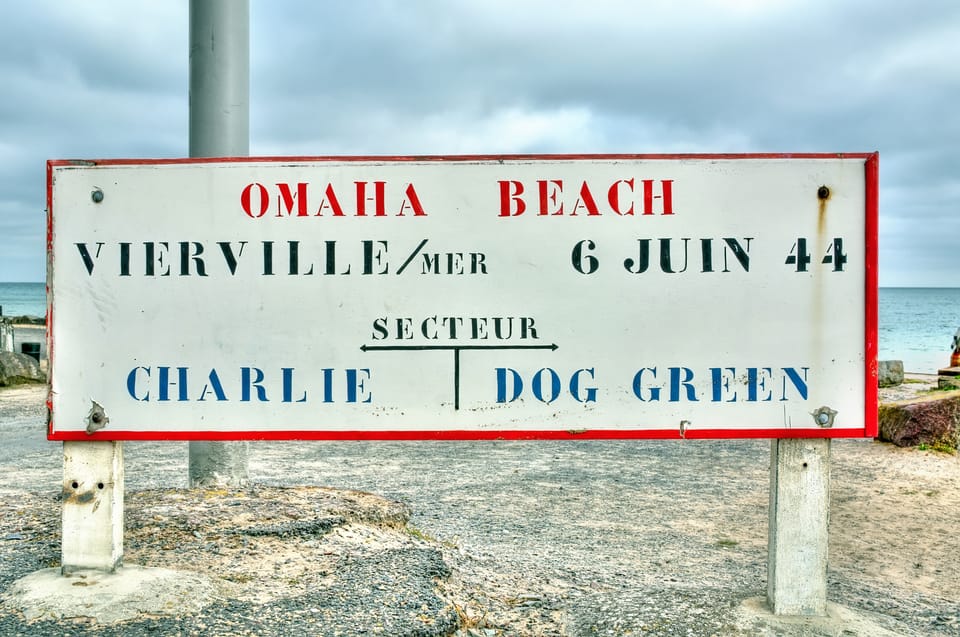
D-Day Beaches
The five D-Day beaches—Utah, Omaha, Gold, Juno, and Sword—stretch along 50 miles of coast. Each one played a key role in the Allied invasion on June 6, 1944.
If you’re short on time, most people focus on the American sectors, but all the beaches have monuments and museums that explain what happened. Today, it’s all peaceful sand and families playing, which makes the history even more striking.
The small museums in nearby villages are worth popping into. They often have personal stories and donated artifacts that make it all feel real.
Omaha Beach
Omaha Beach saw some of the toughest fighting. The American Cemetery at Colleville-sur-Mer, with its rows of white crosses and Stars of David, is haunting and beautiful at the same time.
The nearby Overlord Museum has tanks, uniforms, and personal items that really bring the battle to life.
At Pointe du Hoc, Army Rangers scaled 100-foot cliffs under fire. You can still see the bomb craters and battered bunkers—some of the most dramatic remnants from the battle.
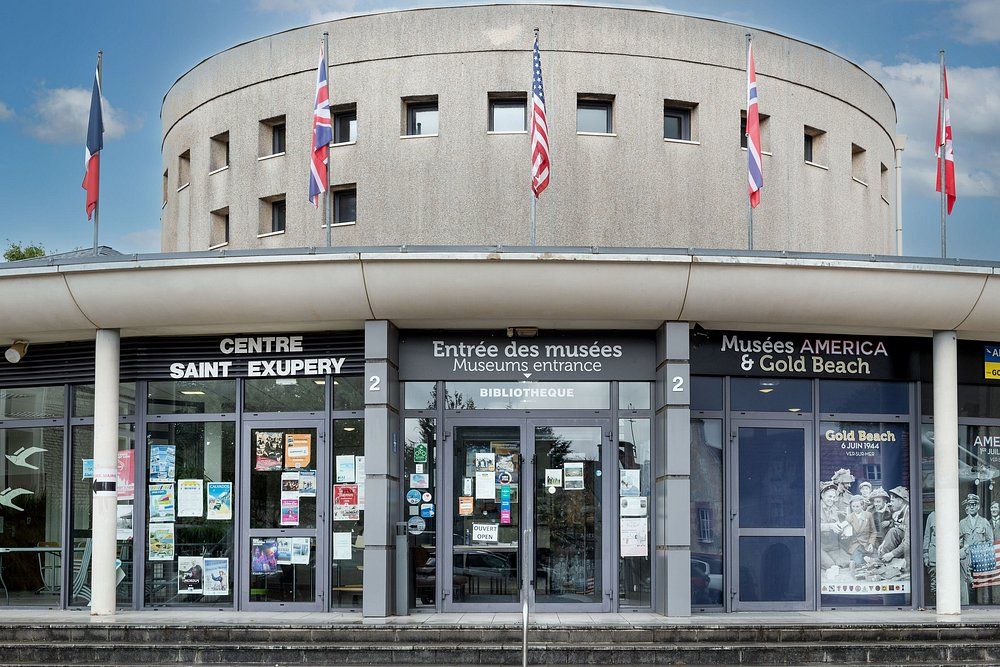
Gold Beach
Gold Beach was the British landing zone, centered on Arromanches. The D-Day Museum here focuses on the Mulberry Harbor, an engineering feat that made the invasion possible.
German gun batteries and concrete bunkers still dot the coastline. From the circular cinema on the cliffs, you get an epic view and 360° footage of the battle.
British veterans often return for memorial services—a reminder that this place still matters, decades later.
Mulberry Harbor
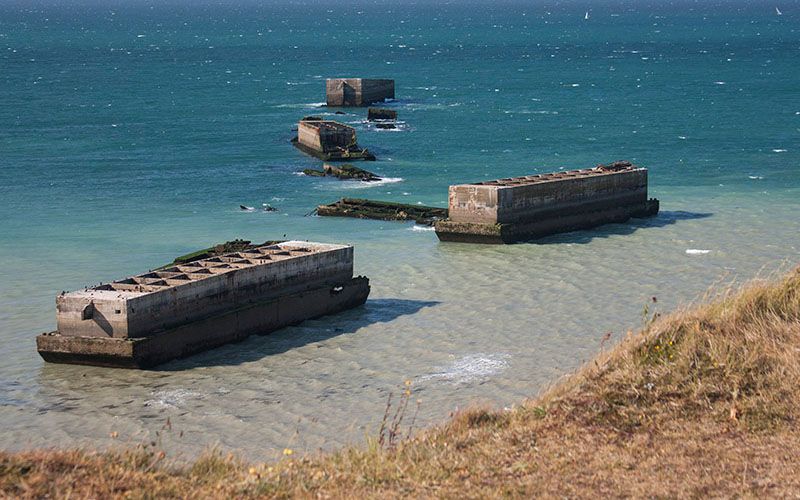
The Mulberry Harbor at Arromanches is a wild bit of WWII engineering. The Allies needed a port, so they built their own—floating it across the Channel and sinking it in place.
At low tide, you can still spot the huge concrete caissons in the bay. The harbor made it possible to land over 2.5 million men and millions of tons of supplies after D-Day.
The Musée du Débarquement (Landing Museum) has a great model of how it all worked. The best views are from the cliffs above town.
Coastal Experiences in Normandy
Normandy’s coast is a mix of golden beaches, dramatic cliffs, and towns that feel both lively and laid-back. It’s a region that invites you to slow down and just enjoy the view.
Deauville
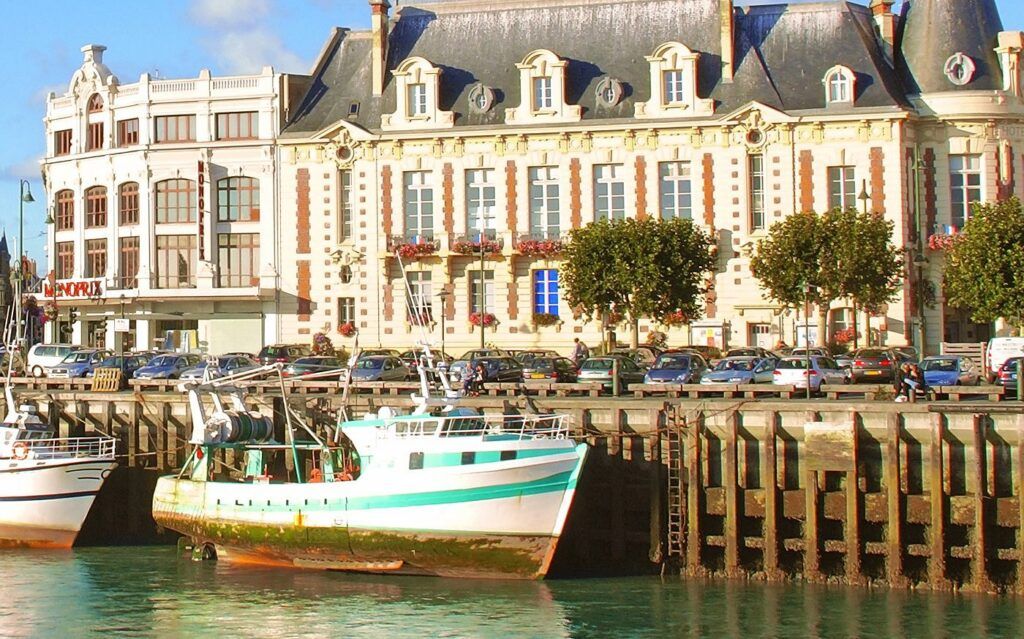
Deauville is Normandy’s glitzy side. Dubbed the “Parisian Riviera,” it attracts celebrities and the well-heeled with its sandy beach and fancy vibe.
The boardwalk, lined with colorful parasols and cabins named for Hollywood stars, is iconic. The Belle Époque architecture just adds to the timeless feel.
There’s a historic casino, polo matches on the beach, and horse racing if you’re into that. Or just sip Calvados at a beach café and watch the sun dip into the Channel.
See accommodation availability in Deauville.
Trouville
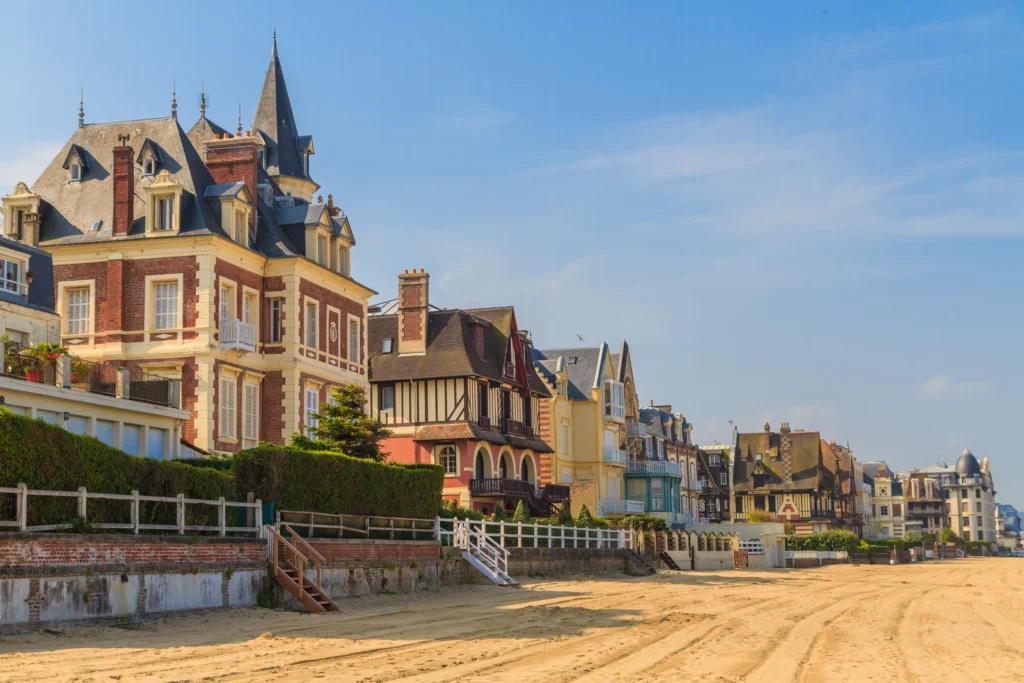
Trouville, right across the river from Deauville, feels more down-to-earth. It’s a working fishing village at heart, with a wide sandy beach that’s perfect for families.
The daily fish market is a must. Grab the morning’s catch or eat it right there at a local restaurant. The covered market hall from 1876 is a treat, too.
Wander the backstreets to find Belle Époque villas and the Casino Barrière Trouville. For the best views, head up to the Roches Noires cliffs—Monet loved them.
See accommodation availability in Trouville.
Le Havre
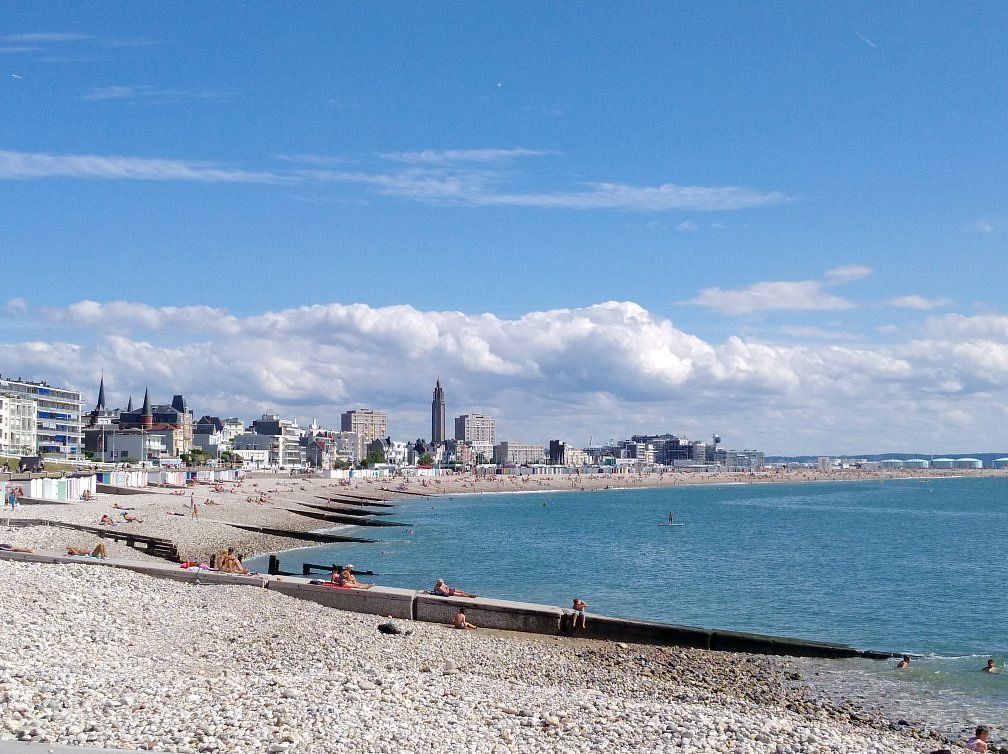
Le Havre is a bit of an oddball—in a good way. It’s France’s second-biggest port, rebuilt after WWII with this bold concrete architecture that earned it UNESCO status.
The modernist St. Joseph’s Church is a standout, with its lantern tower soaring over the city. The André Malraux Museum of Modern Art (MuMa) is packed with Impressionist art.
The pebble beach stretches for 2km, and you can watch massive ships come and go. The Hanging Gardens, set in an old fort, give you amazing views of the Seine estuary.
See accommodation availability in La Havre.
Cherbourg
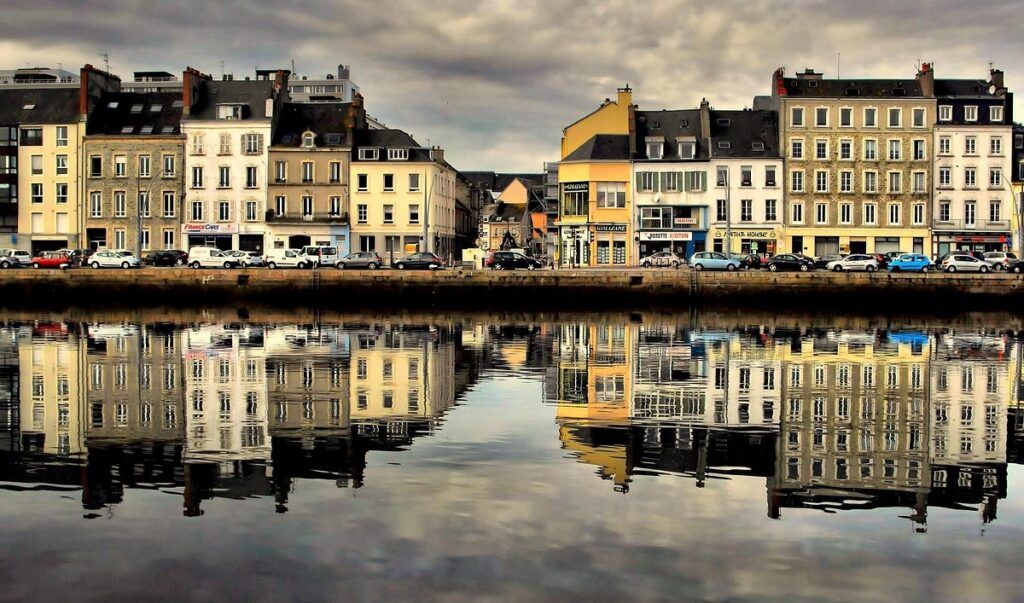
Up on the Cotentin Peninsula, Cherbourg mixes maritime history with coastal beauty. During WWII and the D-Day operations, it was a strategic port.
La Cité de la Mer, in the old transatlantic terminal, is a highlight—you can even tour the nuclear submarine “Le Redoutable.” The aquarium’s worth a look, too.
The harbor’s lined with seafood spots, and if you want a quieter beach, check out Querqueville. For drama, drive toward Cap de la Hague. Fort du Roule, perched above the city, offers both history and killer views.
See accommodation availability in Cherbourg.
Gastronomy and Local Flavors
Normandy’s food scene is all about fresh, local ingredients. Think creamy cheeses, oysters straight from the sea, and apples in just about everything.
Camembert and Cheese Tasting
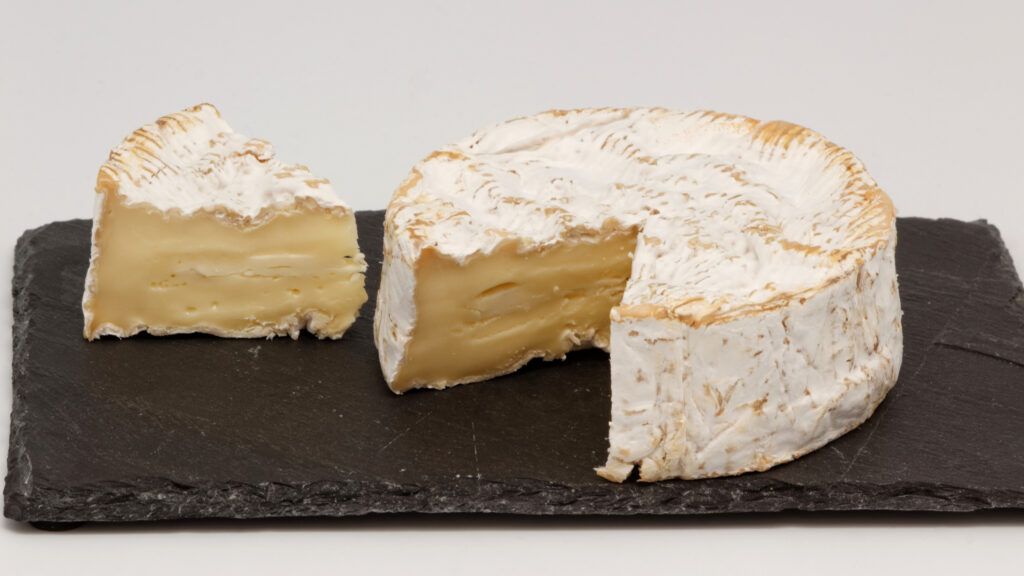
If you love cheese, Normandy’s your place. Camembert is the superstar here—creamy, soft, and best eaten where it’s made. Many small producers still use traditional methods, and you can tour their farms.
Don’t stop at Camembert. Try Livarot (nicknamed “The Colonel”), heart-shaped Neufchâtel, and Pont-l’Évêque. Each cheese has its own vibe and story.
Most creameries offer tastings. The classic move? Cheese, a baguette, and a glass of local cider or pear juice. Simple, but perfect.
Apple-Based Products
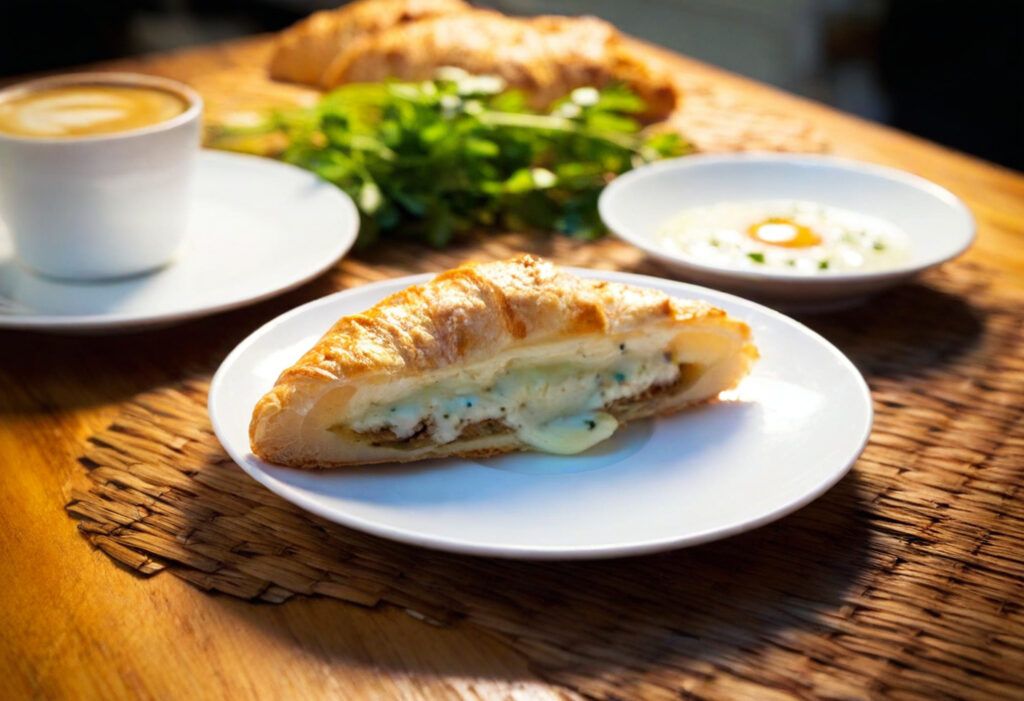
Apples are everywhere in Normandy. The region’s orchards turn out all sorts of things, but Calvados—the apple brandy—is the local pride. You can follow the Route du Cidre, visiting distilleries and sampling different ages and styles.
The apple cider here is less boozy than Calvados, but packed with flavor. They serve it in ceramic cups called “bolées.”
For dessert, the tarte aux pommes normande is a buttery apple tart, sometimes with a splash of Calvados. And don’t be surprised if someone offers you a “trou normand” between courses—it’s tradition.
Seafood Specialties
Normandy’s coast means seafood is everywhere. Oysters from Saint-Vaast-la-Hougue and Isigny-sur-Mer are especially prized—briny, sweet, and delicious.
Moules marinières (mussels with white wine and herbs) is a classic. If you’re in town during scallop season (October to May), don’t miss out.

Other must-tries: sole normande (fish with cream and mushrooms), hareng saur (smoked herring), and the towering plateaux de fruits de mer—piles of shellfish on ice.
Normandy’s butter and cream are legendary, and local chefs don’t hold back. Sometimes they even mix seafood with apples for a true Norman twist.
Art and Culture
Normandy’s got a creative streak a mile wide. The light, the scenery, and the history have drawn artists for centuries, and the museums here are packed with treasures from ancient times to the present.
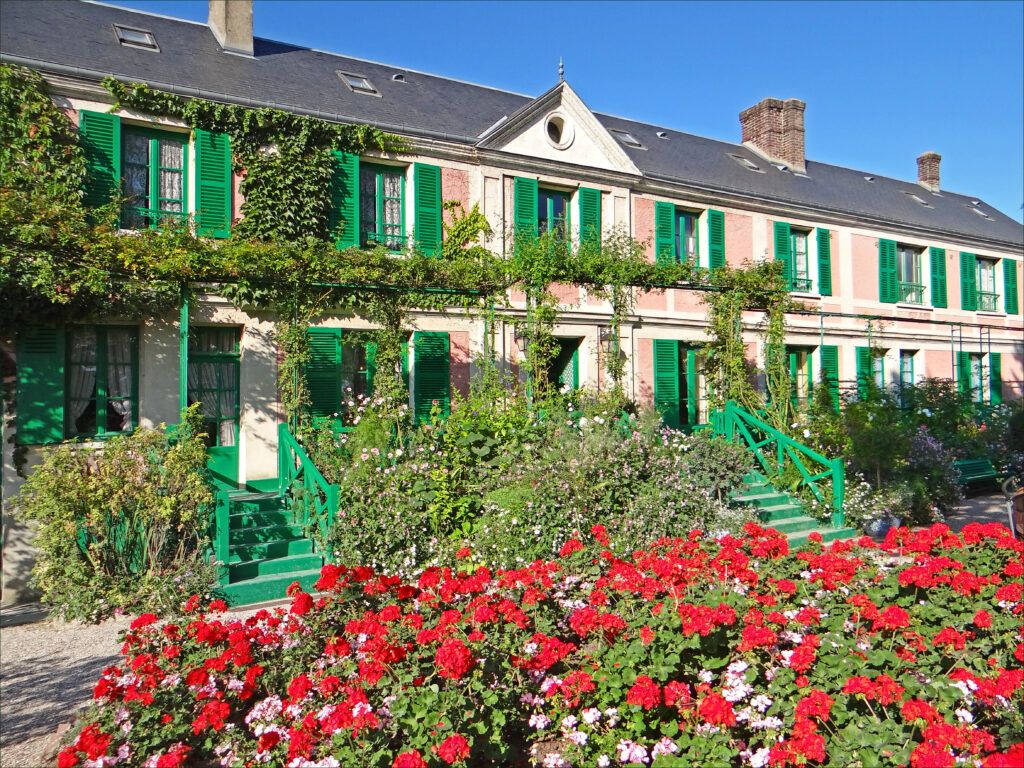
Impressionist Painters
This is where Impressionism really took off. Monet’s house in Giverny is a must for art lovers—you’ll recognize the Japanese bridge and water lilies from his paintings.
Honfleur’s harbor, with its shifting light, inspired Monet, Boudin, and a whole crew of painters. They hung out at the Saint-Siméon farm, capturing the town’s magic.
In Rouen, Monet painted the cathedral over and over, chasing the changing light. You can see why when you visit.
Museums and Galleries
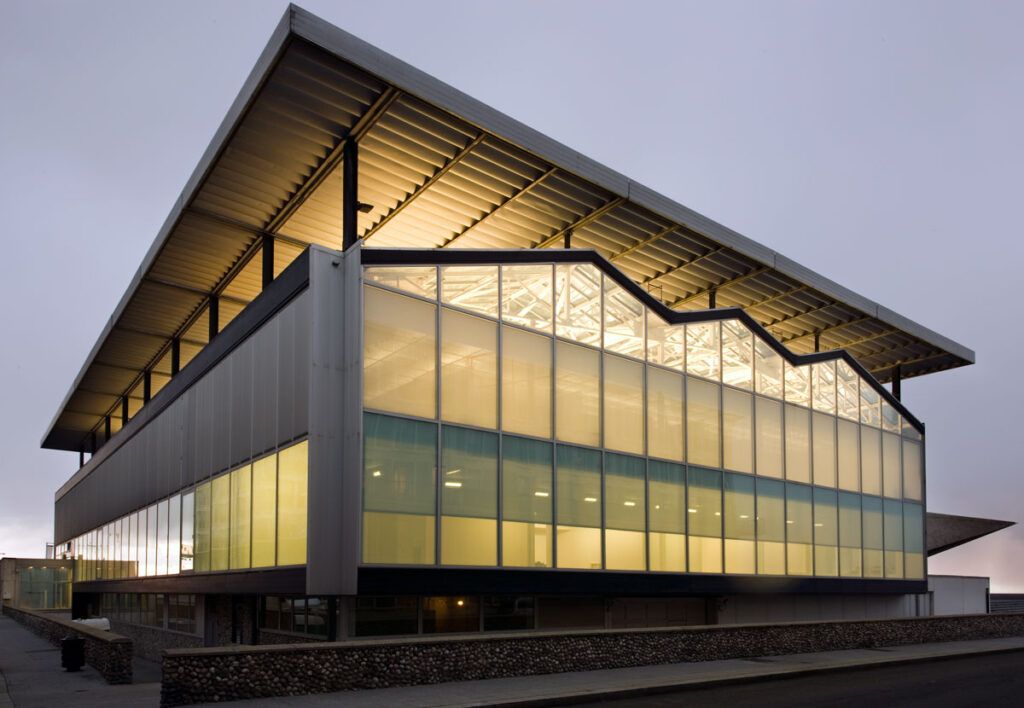
The MuMa in Le Havre is a goldmine for Impressionist art—Monet, Renoir, Pissarro, and more. Rouen’s Fine Arts Museum has everything from Caravaggio to a stellar Impressionist collection.
In Honfleur, the Eugène Boudin Museum celebrates local artists, and you’ll find works by Monet and others who painted here.
If you’re into modern history, the Caen Memorial Museum blends WWII exhibits with modern art installations about peace and conflict.
Norman Festivals
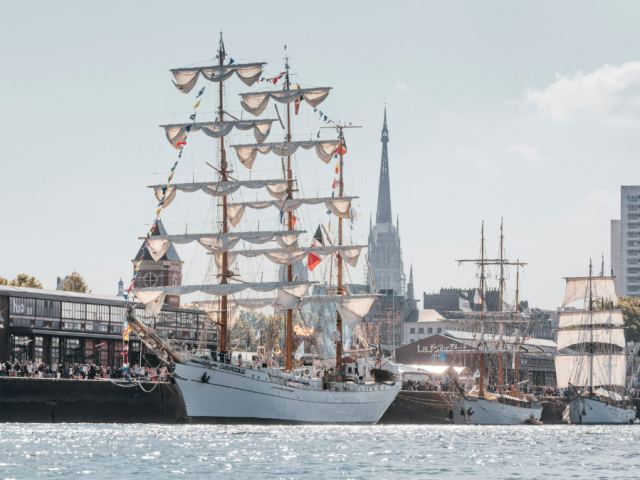
Normandy’s festivals are a blast. The Rouen Armada brings tall ships and fireworks every few years, and the Festival of Impressionism rotates between towns with art exhibits and workshops.
In Falaise, the William the Conqueror Festival goes all-out with medieval reenactments and music. Coutances hosts the Jazz Under the Apple Trees festival, filling the town (and its Gothic cathedral) with top-notch jazz acts.
Planning Your Trip to Normandy
Normandy’s easy to get to from Paris—just a couple of hours and you’re surrounded by history, scenery, and good food. Planning ahead helps, but you can also just go with the flow and still have a great time.
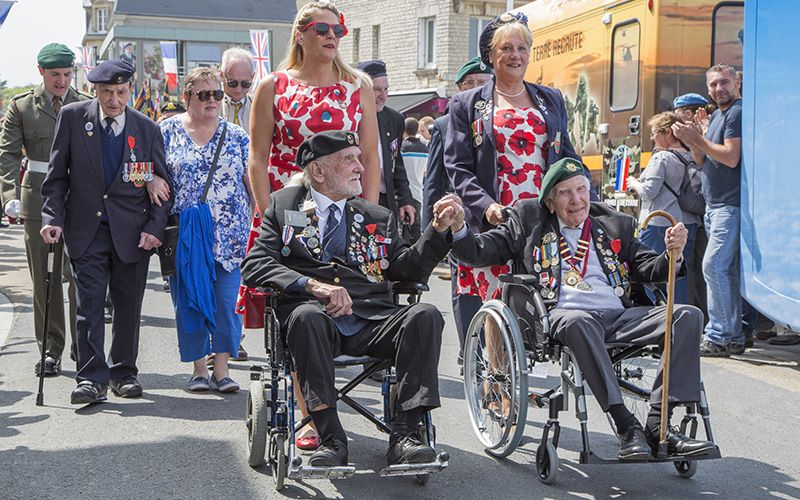
Best Time to Visit
May to September is prime time, with mild weather and long days. Summer (June-August) is warmest but busiest, especially at D-Day sites and Mont Saint-Michel.
Spring and fall are quieter and still comfortable. If you want to catch the D-Day anniversary in June, book early—it gets packed.
Winter’s cold and rainy, but you’ll have places mostly to yourself. Some attractions cut their hours, so check ahead.
Recommended Itineraries
Three days is enough for the highlights. Spend one day on the D-Day beaches and American Cemetery—there’s a lot to take in.
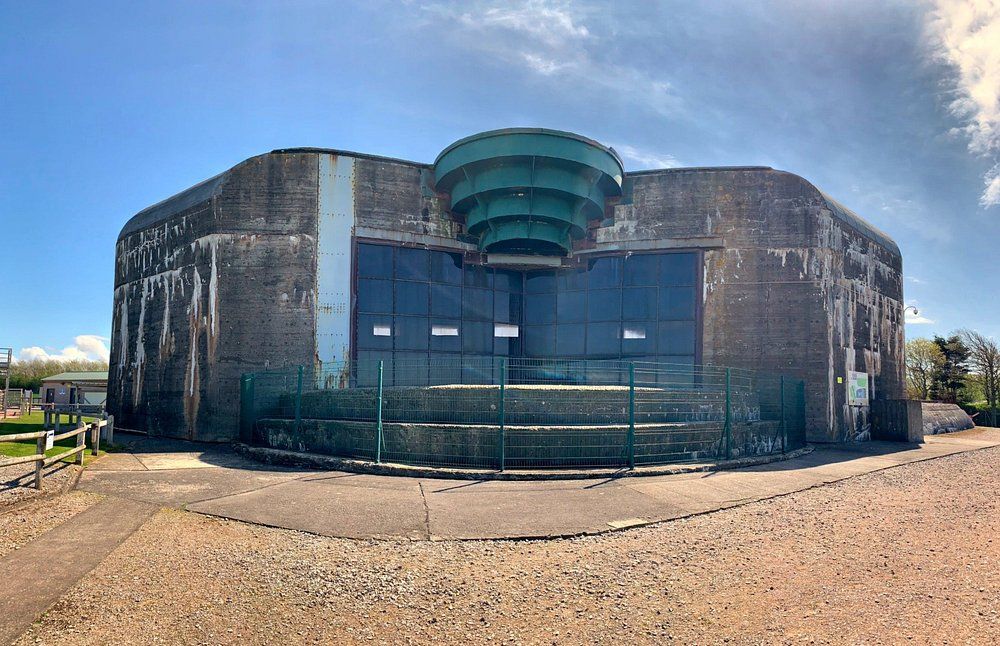
On day two, hit up coastal towns like Honfleur and Deauville. Both are gorgeous and totally different in vibe.
Save day three for Mont Saint-Michel. Give yourself at least half a day—it’s worth it.
If you’ve got more time, check out Bayeux, Rouen, or Monet’s garden in Giverny.
Recommended D-Day Tours from Paris:
- From Paris: Normandy D-Day Beaches Day Trip
- From Paris: 2-Day Normandy & Brittany Tour
- Normandy American D-Day Experience (From Bayeux Station)
Recommended D-Day Tours from Bayeux:
- From Bayeux: American D-Day Sites in Normandy Full-Day Tour
- From Bayeux: American D-Day Sites in Normandy Half-Day Tour
- From Bayeux: Half-Day Normandy WWII Sidecar Tour
- Full-Day US Battlefields of Normandy Tour from Bayeux
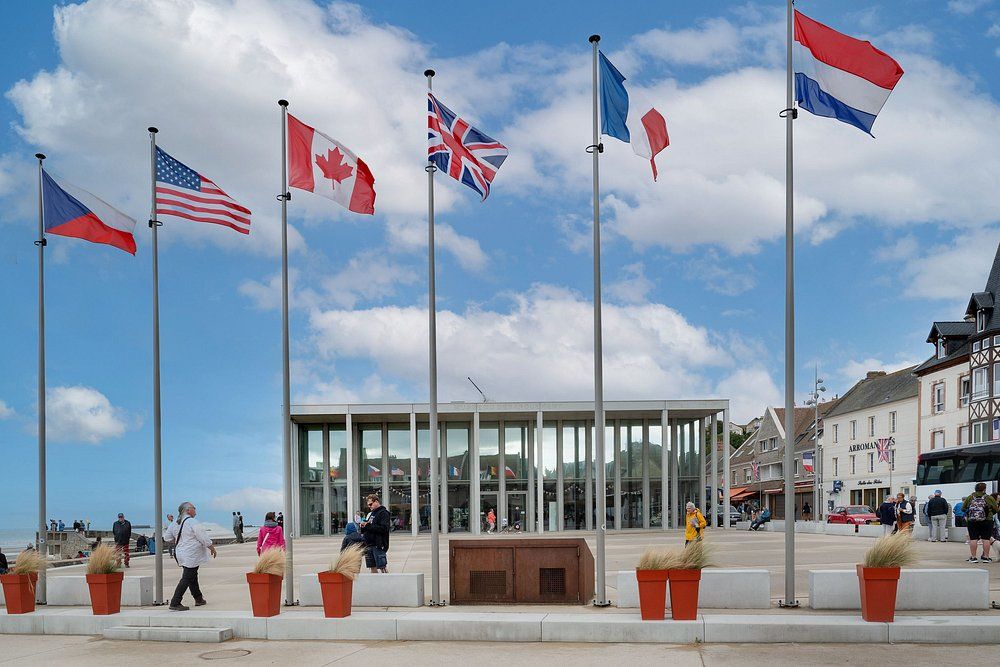
Recommended Private D-Day Tours:
- From Paris: Normandy D-Day Landing Beaches Full-Day Tour
- From Rouen: Normandy D-Day Beaches Private Full-Day Tour
- Private Tour: Rouen, Bayeux, and Falaise Day Trip from Bayeux
- Normandy WWII Private Half-day Sidecar Tour From Bayeux
Recommended Band of Brothers Tours:
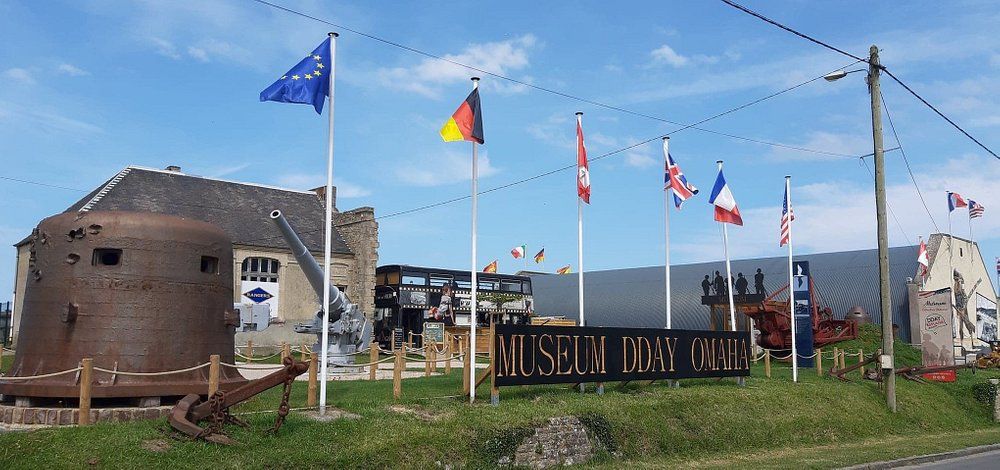
Local Tours and Experiences
Guided tours, especially for D-Day sites, are worth it. The guides bring stories and context you just won’t get on your own. Most tours leave from Bayeux or Caen.
Food tours are another highlight—cheese tastings in Camembert, cooking classes, or cider tastings in the orchards. Normandy’s food is a big part of its charm.
If you’re active, try biking through the countryside or walking the cliffs. Local guides often speak English, and booking ahead helps during busy months.
How to Get to Normandy from Paris
Getting to Normandy from Paris is a breeze. You’ve got options—train, car, or even a day tour—and most routes take 2-3 hours depending on where you’re headed.
Train and Public Transit Options
The train’s your best bet for convenience. From Paris Saint-Lazare, direct trains head to Caen, Bayeux, and Rouen in about two hours. The ride’s comfy and the views aren’t bad either.
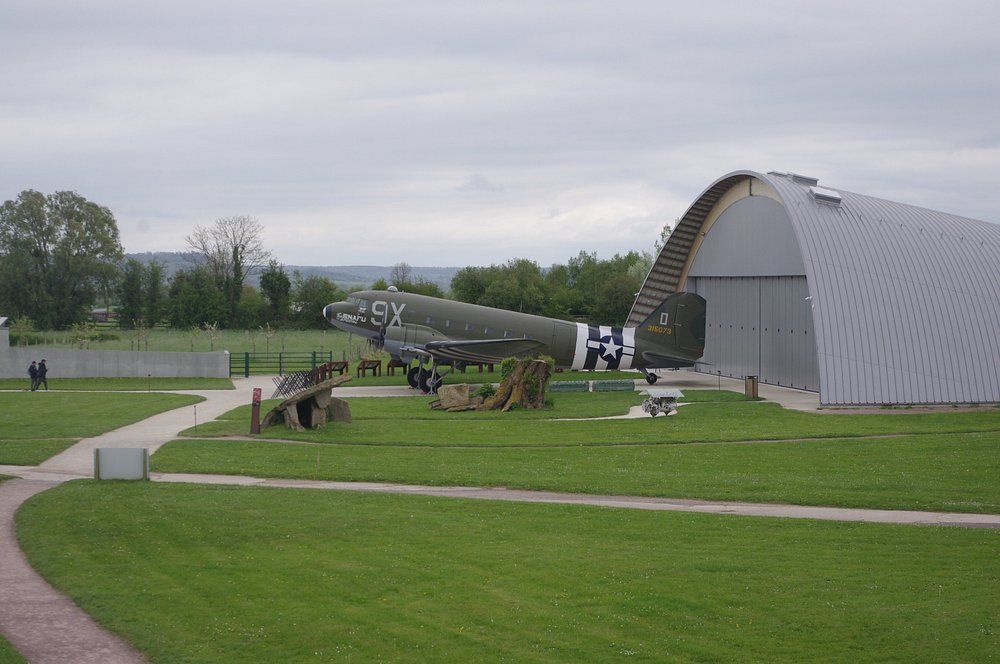
For D-Day beaches, take the train to Bayeux or Caen, then hop on a local bus. Book tickets in advance, especially in summer.
Regional buses connect the smaller towns, so you can reach those hidden gems that trains miss.
Driving and Rental Cars
Renting a car gives you the most freedom. The drive from Paris is straightforward—about 2-3 hours on the A13 highway. Rental agencies are everywhere in Paris.
Having a car is especially handy for visiting multiple D-Day beaches or exploring rural areas. Parking’s usually easy at big sites, but it can get tight in smaller towns.
Just remember: drive on the right, and gas is pricier than in the US. Budget accordingly.
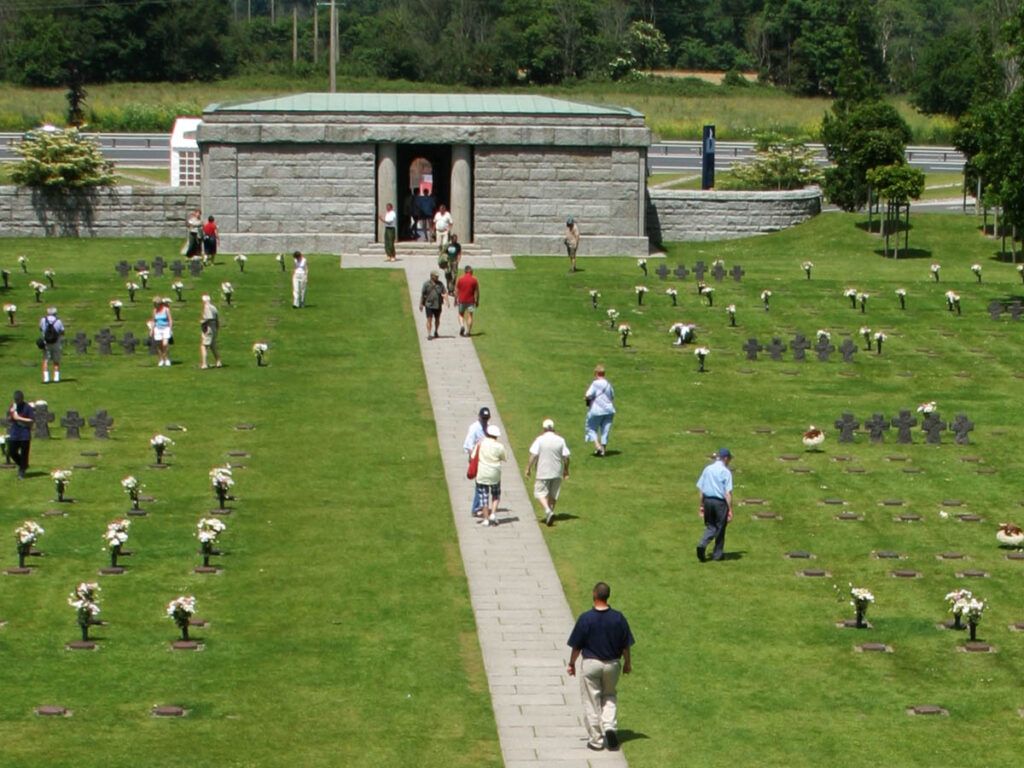
Day Trips from Paris
If you’re pressed for time, day trips are doable but a bit rushed. Tours leave early from Paris and focus on either the D-Day beaches or Mont Saint-Michel, often with transportation and a guide included.
For more flexibility, take the train to Bayeux and join a local tour there. It’s a good way to combine speed with a deeper dive into the sites.
Recommended D-Day Tours from Paris:
- From Paris: Normandy D-Day Beaches Day Trip
- From Paris: 2-Day Normandy & Brittany Tour
- Normandy American D-Day Experience (From Bayeux Station)
Where to Stay in Normandy
Normandy has a place to stay for every taste and budget—from historic châteaux to beachfront hotels. Towns like Bayeux, Caen, and the coast make great bases for exploring.
Recommended Hotels in Caen:
- Hôtel des Quatrans
- Best Western Plus Le Moderne
- Mercure Caen Centre Port de Plaisance
- Ibis Styles Caen Centre Gare
- Hôtel Restaurant Ivan Vautier
Recommended Bayeux Hotels:
Hotels and Boutique Accommodations
Bayeux is ideal if you want to focus on D-Day sites. There are plenty of hotels, but book early—summer fills up fast.
Caen’s got more urban options and decent value. The Mercure Deauville Centre is a solid pick if you want comfort and a central spot.
If you’re after luxury, Château La Chenevière delivers with elegant rooms and fine dining in a beautiful setting. Deauville, meanwhile, is all about beachfront glamour and upscale hotels.
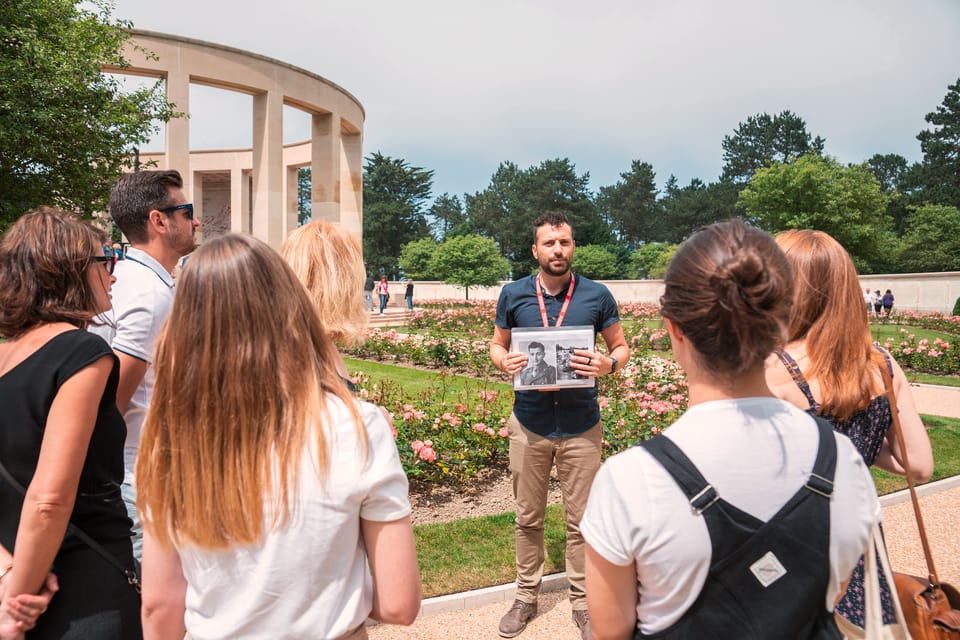
Charming Guesthouses
Guesthouses (chambres d’hôtes) are everywhere in Normandy. They’re cozy, often include breakfast, and give you a chance to meet locals.
Honfleur’s got some lovely guesthouses in timber-framed buildings, right by the harbor. Rural guesthouses are often in renovated farmhouses and offer a taste of Norman country life.
Look for “gîte” or “maison d’hôte” listings for the most authentic stays. Many hosts speak some English and have great tips for exploring.
Family-Friendly Options
Traveling with kids? Many places have big gardens or play areas. Coastal towns offer apartment rentals with kitchens—handy for families.
Farm stays are popular and give kids a chance to meet animals or help collect eggs. Arromanches is good for families, with easy access to beaches and D-Day museums.
Read our guide on where to stay in Normandy!
Regional Areas of Normandy
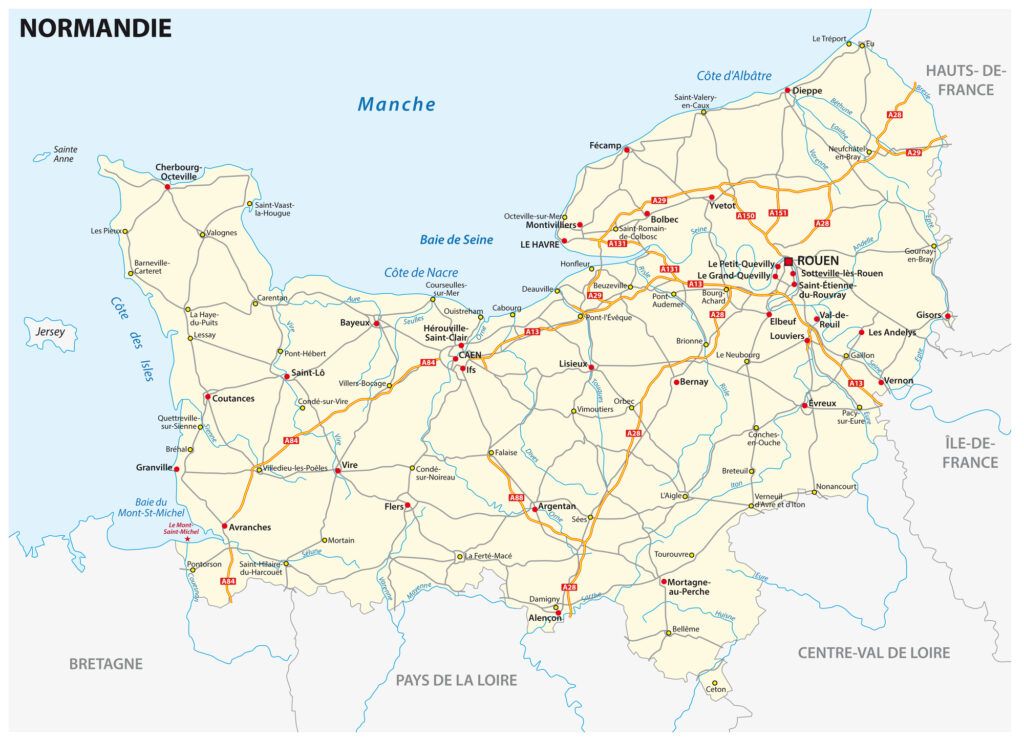
Normandy splits into several regions, each with its own flavor. You’ll find everything from dramatic coastlines to historic towns and rolling countryside.
Haute-Normandie
Haute-Normandie (Upper Normandy) hugs the Seine Valley. Rouen is the star here, with its Gothic cathedral painted by Monet and a medieval center full of half-timbered houses. Honfleur’s harbor is another highlight.
The white cliffs at Étretat are showstoppers, and Giverny’s gardens are a must for Monet fans.
Calvados
Calvados is named for its famous apple brandy and is dotted with rolling hills and historic sites. The D-Day beaches run along its coast, and Bayeux’s tapestry is here, too.
Deauville draws the glam crowd, with its beach and film festival. Caen, with its castle and WWII museum, is another big draw.
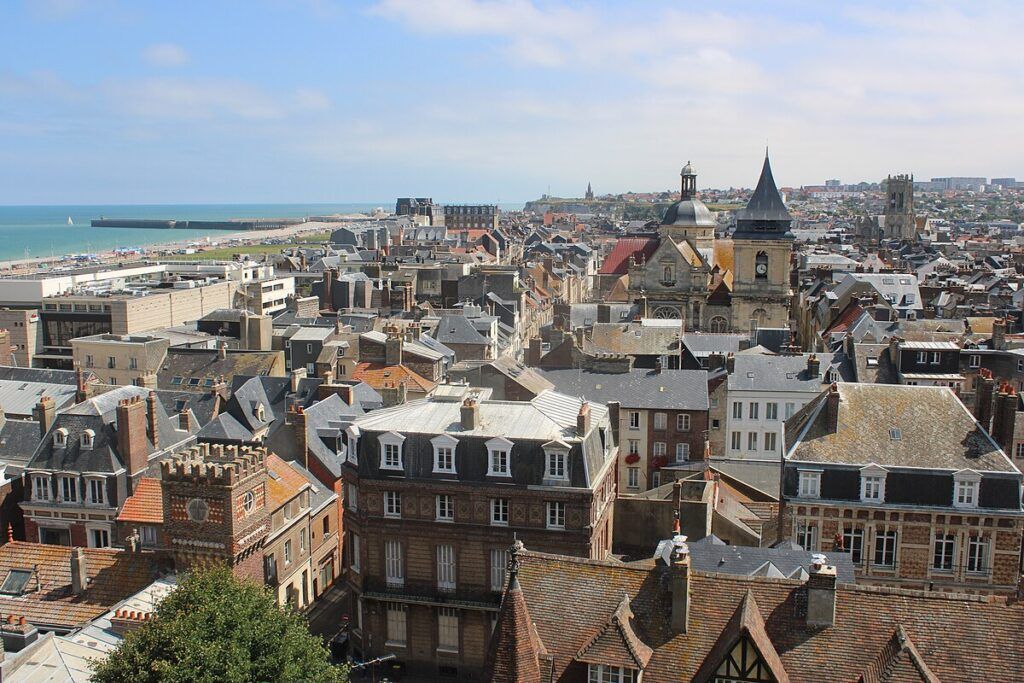
Dieppe
Dieppe’s a working port with a long maritime history. Its harbor is lined with seafood restaurants, and the town’s known for the tragic 1942 Dieppe Raid.
The clifftop castle has a museum with a top-notch ivory collection. Saturday markets are a local favorite, and the countryside outside town is classic Normandy.
Calais
Technically in Nord-Pas-de-Calais, not Normandy, but people often include it in Normandy trips. It’s a major ferry port between France and England.
The Town Hall’s belfry offers epic views, and the Lace Museum showcases Calais’ textile history. Outside the city, Cap Blanc-Nez and Cap Gris-Nez have dramatic cliffs and WWII bunkers.
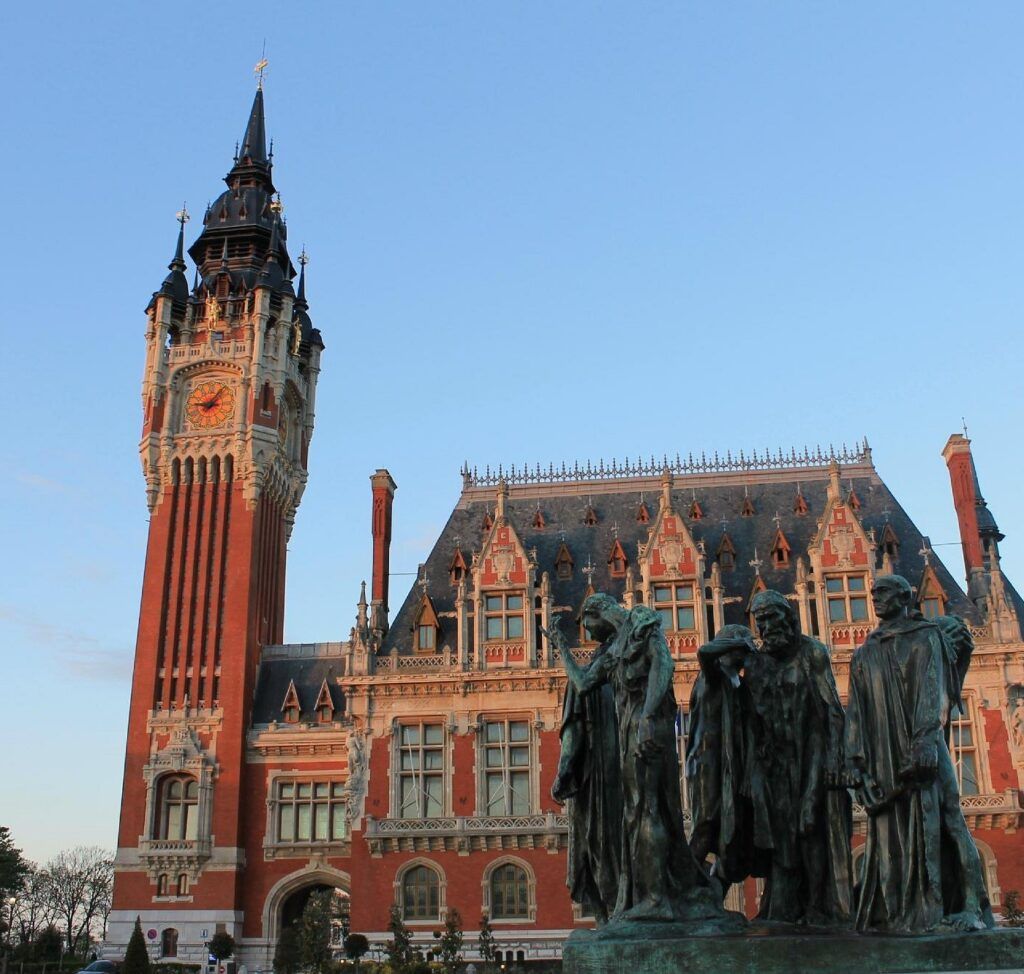
Travel Tips for Visiting Normandy
Normandy’s easy to navigate, but a few tips can make your trip smoother.
Language and Etiquette
Most people in tourist areas speak some English, but a little French goes a long way. “Bonjour” and “merci” are always appreciated.
It’s polite to greet shopkeepers when you enter and leave. Mealtimes are pretty set—lunch from 12-2 PM, dinner from 7:30-10 PM. Plan ahead, as many places close between meals.
Tipping isn’t required, but a bit of change for good service is nice. Dress modestly at churches and memorials—they’re places of respect.
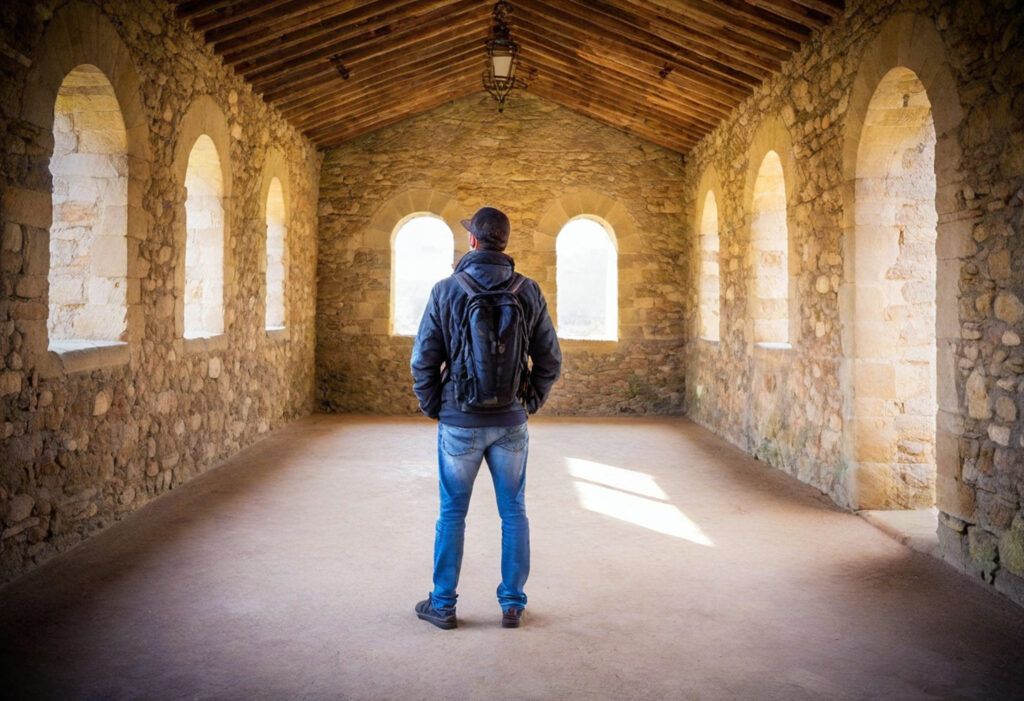
Getting Around
A car is the best way to see Normandy’s beaches and countryside. Roads are good, and signs are clear. Just remember to drive on the right.
Public transit works for larger towns, but is limited in rural spots. Trains connect the big cities, and buses fill in the gaps.
Regional transport passes can save you money if you’re hopping around a lot. Parking’s tight in popular towns during summer—arrive early or use park-and-ride lots.
Biking is popular, too, with plenty of cycling paths and rental options.
Safety and Health
Normandy’s very safe. Usual precautions with valuables apply, especially in crowded spots.
The weather changes fast—pack layers and a rain jacket, even in summer. Coastal areas can get windy.
Pharmacies are easy to spot (green cross sign) and staff usually speak some English. Tap water’s safe, but bottled water is everywhere if you prefer.
Medical care is excellent, but travel insurance is a smart move. EU citizens should bring their health card.

